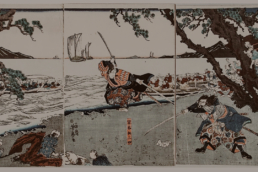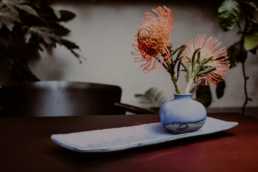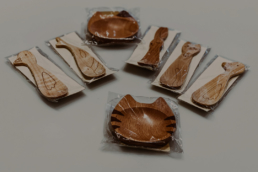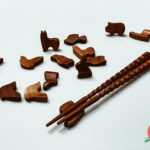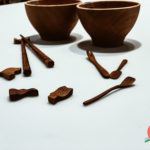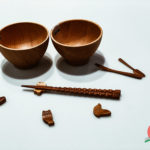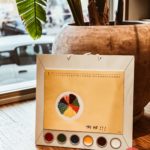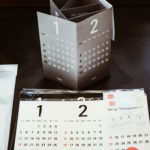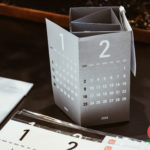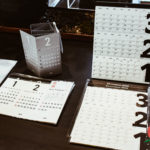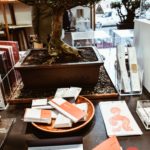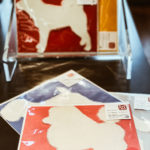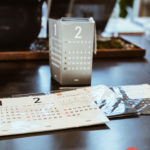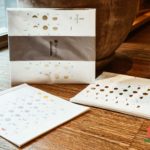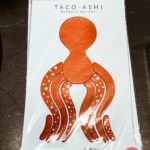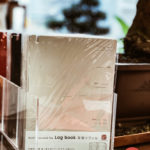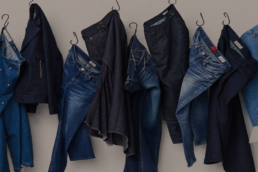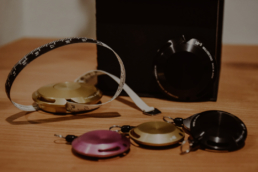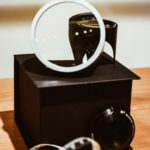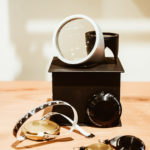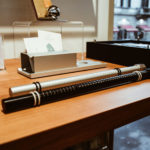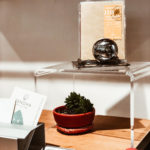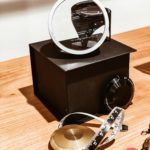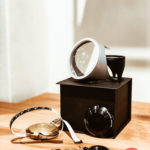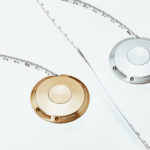Japan History: Sasaki Kojirō
Sasaki Kojirō (1583 circa – 13 aprile 1612) nacque in un villaggio della provincia di Echizen. Noto come Sasaki Ganryū, è stato un importante spadaccino giapponese, principalmente ricordato per essere stato ucciso nel corso di un duello con Miyamoto Musashi. Sasaki Kojirō viene ricordato anche per indossare un haori di colore rosso e visse fra l’era Sengoku e l’inizio del periodo Edo.
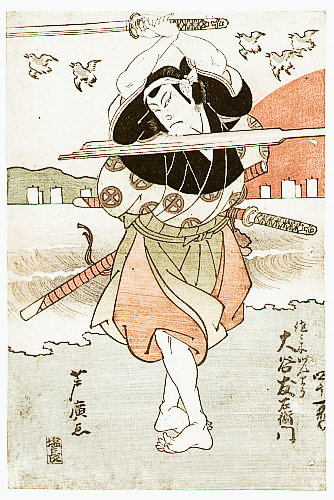
photo credits: wikipedia.org
La sua vita
Vissuto a cavallo dell'epoca Sengoku e l'inizio del periodo Edo, da ragazzo incontra Toda Seigen, istruttore di arti marziali del clan Asakura, divenendo suo allievo. Questo tipo di addestramento lo porta lontano dallo stile di Seigen, avvicinandosi al il kodachi, e sviluppando una tecnica che fa uso di ōdachi denominata Ganryū ("Stile della Roccia"). Grazie alla sua katana chiamata Monohoshi Zao, sviluppa la tecnica Tsubame-Gaeshi ( "Contrattacco della Rondine"), ispirata al volo dell'uccello.
Nel 1610 apre un dojo a Kokura e la sua fama inizia ad attrarre numerosi studenti di arti marziali, tra i quali troviamo Miyamoto Musashi, uno spadaccino ventinovenne che nell'aprile del 1612 lo sfida ad un duello che diventa protagonista di molte leggende. Le versioni descrittive delle leggende riguardanti il duello tra Sasaki Kojirō e Miyamoto Musashi sono varie e differiscono molto per quanto riguarda i dettagli. Su una cosa le leggende sono tutte d’accordo ed è la fine del duello che vede Musashi come vincitore.
Il duello finale
Il duello avvenne il il 13 aprile 1612 su un’isola a pochi chilometri da Kokura. Prima di giungere nel luogo, Musashi costruì un bokken con un remo e si presentò con ben tre ore di ritardo, ovvero tra le 9 e le 11. Kojirō estrasse la sua spada arrabbiandosi molto con Musashi a causa del suo ritardo e lanciò il fodero nell’ acqua. Musashi uccise Kojirō con un colpo alla testa assestato dalla sua spada di legno. Avvenne tutto così’ velocemente senza lasciare il tempo a Kojirō di usare la sua tecnica.
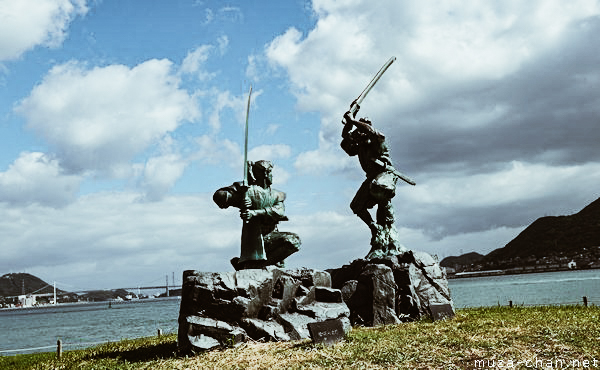
photo credits: muza-chan.net
Le ipotesi della morte di Sasaki Kojirō
Le ipotesi riguardanti la vittoria di Miyamoto Musashi sono tante, tra cui si pensa anche che il ritardo fosse premeditato proprio per innervosire l’avversario. Durante le tre ore di ritardo infatti, Musashi si riposò mentre Kojirō perdeva completamente la concentrazione. In aggiunta, il suo abbigliamento non curato e la spada di legno contribuirono a fare arrabbiare Kojirō ancora di più. Si può dire che Musashi abbia vinto giocando sulla psicologia dell’avversario.
Un’altra ipotesi vede Musashi protrarre il ritardo appositamente per sfruttare l’effetto della luce solare tanto che potesse accecare l'avversario, un’altra ancora lo vede approfittare della bassa marea che gli avrebbe permesso di scappare più facilmente.
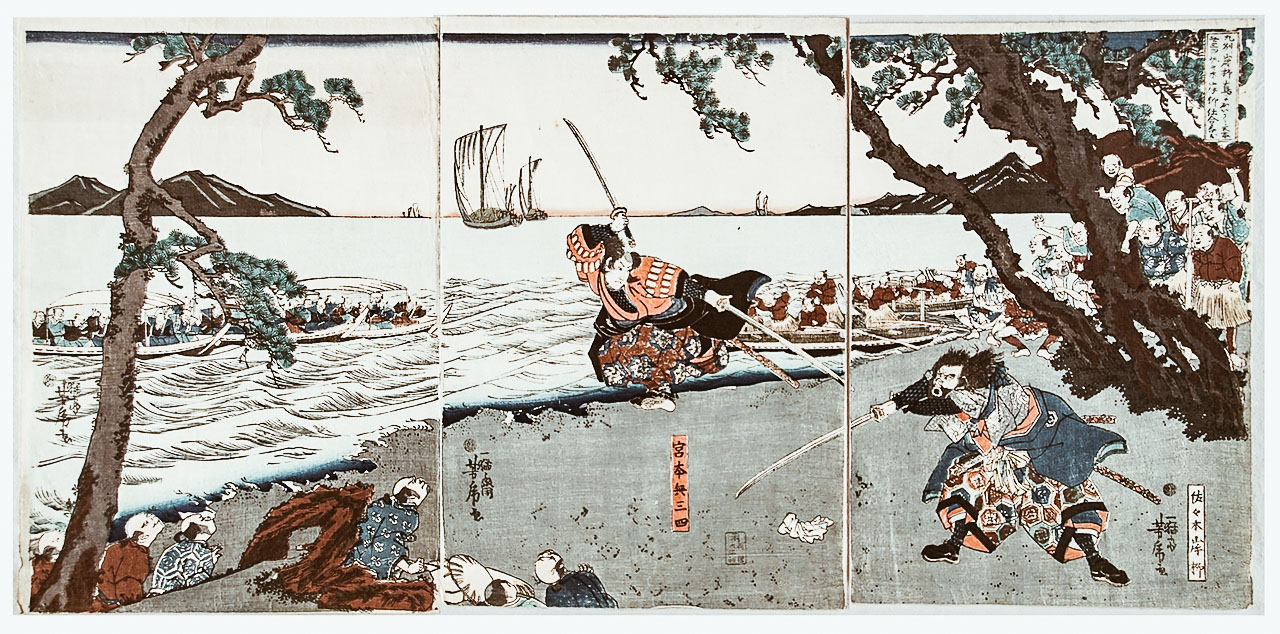
photo credits: wikipedia.org
Kojirō era (probabilmente) sordo da un orecchio, ma questo non ha mai contribuito alla sua perdita, nonostante tutto sembra che questo sia accaduto perchè Musashi sfruttò la maggior lunghezza del suo bokken rispetto alla spada del suo avversario.
L’isola che fu luogo del duello venne ribattezzata Ganryū-jima in onore di Sasaki Kojirō.
Japan History: Akechi Mitsuhide
Akechi Mitsuhide (1526 – luglio 1582), noto anche come Koreta Mitsuhide, è stato un generale giapponese. Figlio di Akechi Mitsukuni, Mitsuhide servì Asakura Yoshikage e nel 1566 divenne messaggero per il "vagabondo errante" Ashikaga Yoshiaki. Tuttavia, la sua fama maggiore fu quella di essere uno dei generali al servizio del daimyō Oda Nobunaga, e il suo tradimento ne causò la morte.
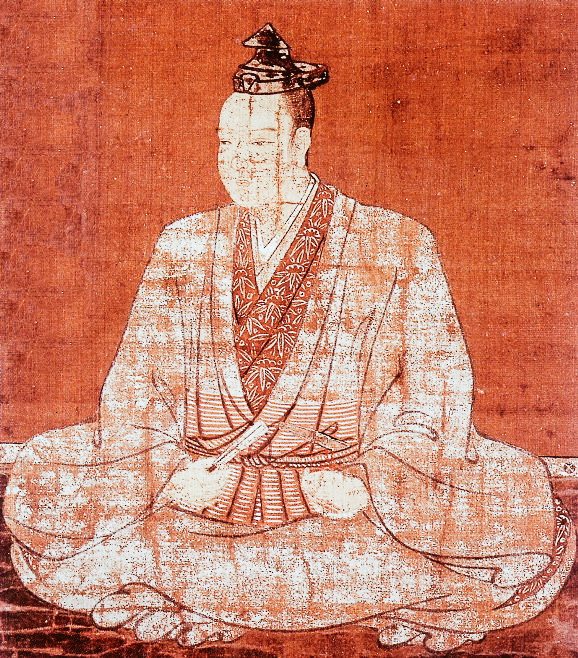
photo credits: samurai-world.com
Cominciò a servire Oda Nobunaga nel 1566 dopo la conquista della provincia di Mino e nel 1571, dimostrandosi un abile generale, ricevette in feudo il territorio di Sakamoto. Oda Nobunaga, vedendolo come uno degli uomini di cui poteva fidarsi maggiormente, lo incaricò di pacificare la regione di Tamba e porla sotto al controllo del suo signore. Le sue campagne militari contro i clan locali ebbero successo e una volta conquistato il territorio, venne ricompensato con il castello di Kamiyama diventando il governatore della provincia di Hyūga.
Il tradimento
Nel 1579 Mitsuhide conquistò il castello di Yakami che apparteneva a Hatano Hideharu e negoziò con lui i termini per la pacificazione. Oda Nobunaga, in totale disaccordo con gli accordi presi dal suo vassallo, fece giustiziare Hideharu. A quel punto il clan Hatano si vendicò nei confronti di Akechi Mitsuhide uccidendone la madre che era stata inviata come ostaggio durante le trattative. Probabilmente questo fu uno dei motivi che portarono Mitsuhide a tradire Oda Nobunaga.
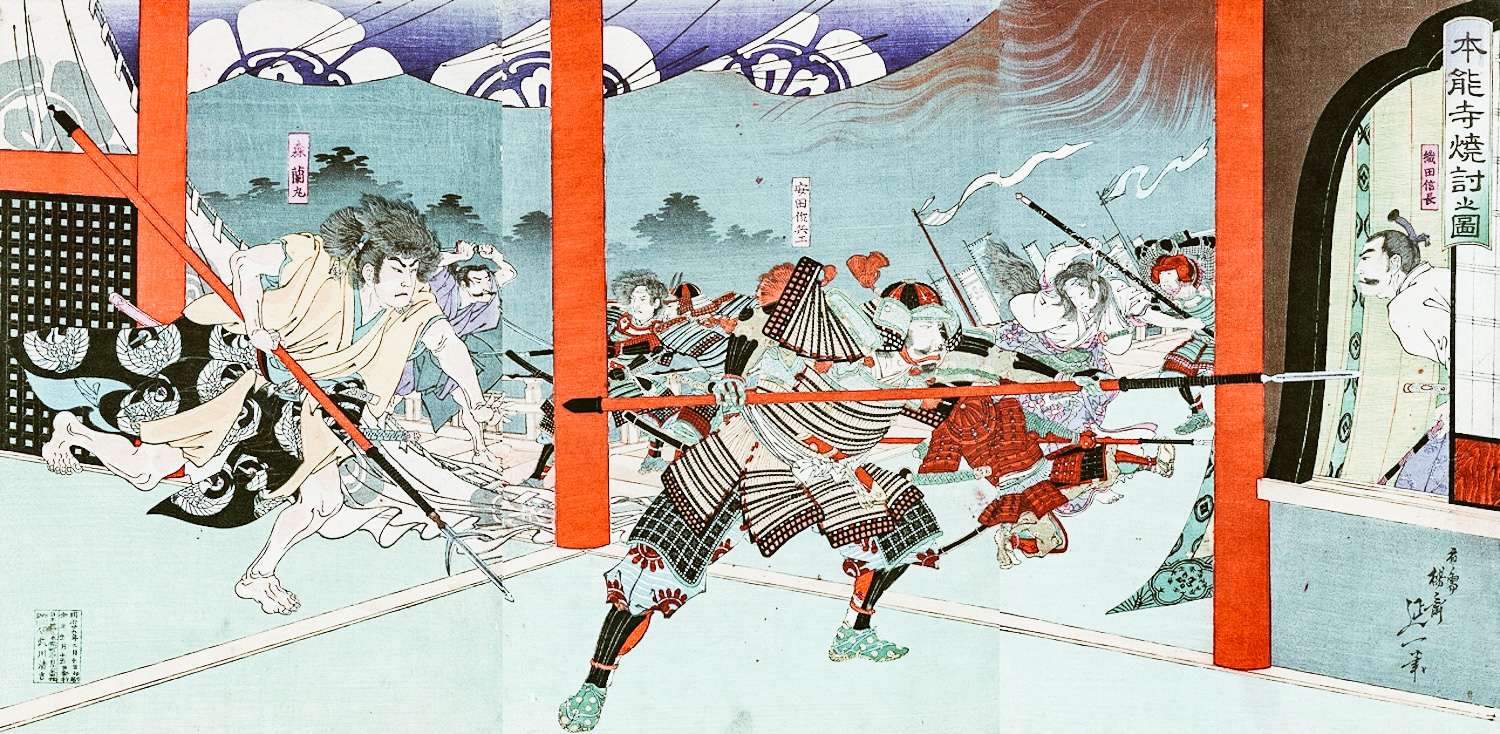
photo credits: samurai-world.com
Il 21 giugno 1582 Nobunaga, nel tentativo di sfuggire al colpo di stato organizzato da Mitsuhide, si rifugiò nell'Honnō-ji, un tempio di Kyoto che Mitsuhide incendiò. A quel punto non si sa se Nobunaga morì nell’incendio o se fece in tempo a compiere seppuku prima. Tuttavia, alla notizia della sua morte, Toyotomi Hideyoshi e Tokugawa Ieyasu radunarono i propri eserciti per inseguire Mitsuhide. Hideyoshi fu il primo a trovarlo e lo sconfisse nella battaglia di Yamazaki durante la quale il traditore di Nobunaga fu ucciso da un bandito chiamato Nakamura. A causa della sua morte venne soprannominato Jūsan-kobū (Shōgun dei tredici giorni).
I motivi del tradimento

photo credits: samurai-world.com
Non si sanno tutti i motivi che spinsero Mitsuhide a tradire Nobunaga, uno potrebbe essere quello che abbiamo già detto che coinvolgeva l’assassinio di sua madre. Un altro potrebbe riguardare invece l’amicizia che legava Akechi Mitsuhide con Chosokabe Motochika, daimyo di Shikoku. Intorno al 2013, alcuni ricercatori hanno scoperto una serie di lettere nel Museo di Okayama tra Akechi Mitsuhide e il suo amico di vecchia data, Chosokabe Motochika. Le lettere erano state scritte pochi mesi prima dell'attacco del 21 maggio 1582 all'Honno-ji. Secondo le lettere, Chosokabe aveva deciso di non opporsi a Nobunaga ed era disposto a sottomettersi al signore della guerra. In risposta, sembra che Mitsuhide stesse cercando di evitare di prendere parte alla sottomissione di Shikoku per evitare una futura disputa che avrebbe potuto coinvolgere Chosokabe. Proprio per proteggere il suo amico, Akechi Mitsuhide decise probabilmente di tradire Nobunaga.
Un'altra probabile ragione fu la conoscenza di Mitsuhide dei piani futuri di Nobunaga che desiderava governare la nazione. Nobunaga aveva dichiarato di voler diventare Tenka Fubu, l'unico sovrano sotto il cielo. Per questo, si ipotizzò che volesse rovesciare l'imperatore, per fare in modo che sopra di lui non ci fosse nessuno. Forse Akechi Mitsuhide decise di eliminare Nobunaga salvando così la famiglia imperiale e l'imperatore.
Secondo alcune fonti riuscì a salvarsi nella battaglia di Yamazaki diventando un monaco di nome Nankobo Tenkai. La sua vita è completamente immersa nel mistero e continua, ancora oggi, a suscitare dubbi e creare supposizioni.[:en]Akechi Mitsuhide (1526 - July 1582), also known as Koreta Mitsuhide, was a Japanese general. Son of Akechi Mitsukuni, Mitsuhide served Asakura Yoshikage and in 1566 he became a messenger for the "wandering wanderer" Ashikaga Yoshiaki. However, his greatest fame was that of being one of the generals in the service of the daimyō Oda Nobunaga, and his betrayal caused his death.

photo credits: samurai-world.com
He began to serve Oda Nobunaga in 1566 after the conquest of the province of Mino and in 1571, proving himself as skilled general, he received the territory of Sakamoto as a fief. Oda Nobunaga, seeing him as one of the men he could trust most, commissioned him to pacify the Tamba region and place it under the control of his lord. His military campaigns against local clans were successful and once he conquered the territory, he was rewarded with Kamiyama Castle by becoming the governor of Hyūga province.
Betrayal
In 1579 Mitsuhide conquered Yakami Castle which belonged to Hatano Hideharu and negotiated with him the terms for pacification. Oda Nobunaga, in total disagreement with the agreements made by his vassal, had Hideharu executed. At that point, the Hatano clan retaliated against Akechi Mitsuhide by killing his mother who had been kept hostage during the negotiations. This was probably one of the reasons that led Mitsuhide to betray Oda Nobunaga.

photo credits: samurai-world.com
On June 21, 1582, Nobunaga, in an attempt to escape the coup d'état organized by Mitsuhide, took refuge in the Honnō-Ji, a Kyoto temple that Mitsuhide burned. At that point, it is not known if Nobunaga died in the fire or if he had time to make seppuku first, but at the news of his death, Toyotomi Hideyoshi and Tokugawa Ieyasu gathered their armies to chase Mitsuhide. Hideyoshi was the first to find him and defeated him in the battle of Yamazaki during which Nobunaga's traitor was killed by a bandit called Nakamura. Due to his death, he was nicknamed Jūsan-kobū (thirteen-day Shōgun).
The reasons for the betrayal

photo credits: samurai-world.com
We don't know all the reasons that led Mitsuhide to betray Nobunaga, one could be what we have already said involving the murder of his mother. Another could concern the friendship that tied Akechi Mitsuhide with Shikoku daimyo Chosokabe Motochika. Around 2013, researchers discovered a series of letters in the Okayama Museum between Akechi Mitsuhide and his longtime friend, Chosokabe Motochika. The letters had been written a few months before the May 21, 1582 attack on Honno-Ji. According to the letters, Chosokabe had decided not to oppose Nobunaga and was willing to submit to the warlord. In response, it appears that Mitsuhide was trying to avoid taking part in Shikoku's submission to avoid a future dispute that could have involved Chosokabe. Just to protect his friend, Akechi Mitsuhide probably decided to betray Nobunaga.
Another probable reason was Mitsuhide's knowledge of Nobunaga's future plans that he wished to rule the nation. Nobunaga had said he wanted to become Tenka Fubu, the only ruler under the sky. For this reason, it was assumed that he wanted to overthrow the emperor so that there would be no one above him. Perhaps Akechi Mitsuhide decided to eliminate Nobunaga thus saving the imperial family and the emperor.
According to some sources he managed to save himself in the battle of Yamazaki by becoming a monk named Nankobo Tenkai. His life is completely immersed in mystery and continues, even today, to arouse doubts and create assumptions.[:ja]Akechi Mitsuhide (1526 - July 1582), also known as Koreta Mitsuhide, was a Japanese general. Son of Akechi Mitsukuni, Mitsuhide served Asakura Yoshikage and in 1566 he became a messenger for the "wandering wanderer" Ashikaga Yoshiaki. However, his greatest fame was that of being one of the generals in the service of the daimyō Oda Nobunaga, and his betrayal caused his death.

photo credits: samurai-world.com
He began to serve Oda Nobunaga in 1566 after the conquest of the province of Mino and in 1571, proving himself as skilled general, he received the territory of Sakamoto as a fief. Oda Nobunaga, seeing him as one of the men he could trust most, commissioned him to pacify the Tamba region and place it under the control of his lord. His military campaigns against local clans were successful and once he conquered the territory, he was rewarded with Kamiyama Castle by becoming the governor of Hyūga province.
Betrayal
In 1579 Mitsuhide conquered Yakami Castle which belonged to Hatano Hideharu and negotiated with him the terms for pacification. Oda Nobunaga, in total disagreement with the agreements made by his vassal, had Hideharu executed. At that point, the Hatano clan retaliated against Akechi Mitsuhide by killing his mother who had been kept hostage during the negotiations. This was probably one of the reasons that led Mitsuhide to betray Oda Nobunaga.

photo credits: samurai-world.com
On June 21, 1582, Nobunaga, in an attempt to escape the coup d'état organized by Mitsuhide, took refuge in the Honnō-Ji, a Kyoto temple that Mitsuhide burned. At that point, it is not known if Nobunaga died in the fire or if he had time to make seppuku first, but at the news of his death, Toyotomi Hideyoshi and Tokugawa Ieyasu gathered their armies to chase Mitsuhide. Hideyoshi was the first to find him and defeated him in the battle of Yamazaki during which Nobunaga's traitor was killed by a bandit called Nakamura. Due to his death, he was nicknamed Jūsan-kobū (thirteen-day Shōgun).
The reasons for the betrayal

photo credits: samurai-world.com
We don't know all the reasons that led Mitsuhide to betray Nobunaga, one could be what we have already said involving the murder of his mother. Another could concern the friendship that tied Akechi Mitsuhide with Shikoku daimyo Chosokabe Motochika. Around 2013, researchers discovered a series of letters in the Okayama Museum between Akechi Mitsuhide and his longtime friend, Chosokabe Motochika. The letters had been written a few months before the May 21, 1582 attack on Honno-Ji. According to the letters, Chosokabe had decided not to oppose Nobunaga and was willing to submit to the warlord. In response, it appears that Mitsuhide was trying to avoid taking part in Shikoku's submission to avoid a future dispute that could have involved Chosokabe. Just to protect his friend, Akechi Mitsuhide probably decided to betray Nobunaga.
Another probable reason was Mitsuhide's knowledge of Nobunaga's future plans that he wished to rule the nation. Nobunaga had said he wanted to become Tenka Fubu, the only ruler under the sky. For this reason, it was assumed that he wanted to overthrow the emperor so that there would be no one above him. Perhaps Akechi Mitsuhide decided to eliminate Nobunaga thus saving the imperial family and the emperor.
According to some sources he managed to save himself in the battle of Yamazaki by becoming a monk named Nankobo Tenkai. His life is completely immersed in mystery and continues, even today, to arouse doubts and create assumptions.[:]
Merippa, il comfort di casa direttamente dal Giappone
Stare bene in casa, sentirsi a casa veramente con Merippa, disponibili a TENOHA &| SHOP di TENOHA Milano. La comodità non è mai stata così bella!
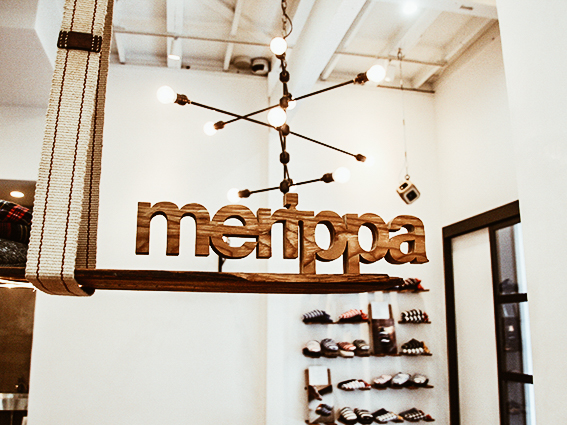
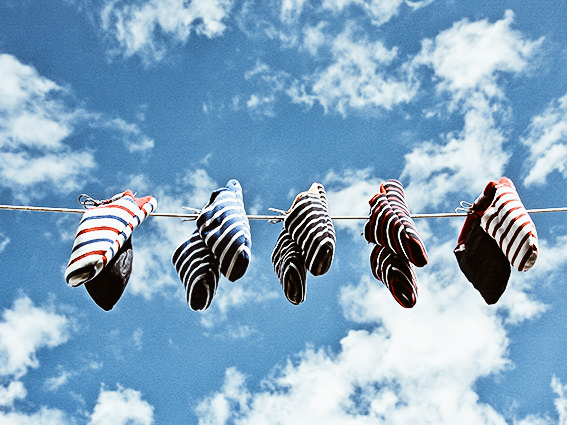
Vestibilità morbida e confortevole che si adatta perfettamente ai vostri piedi. Quanto desiderate dopo una giornata stressante di poter tornare a casa ed indossare delle comode calzature, soprattutto se avete un lavoro per cui sono richieste scarpe con tacco? Oppure, quanto desiderate fare un regalo amato e anche particolare? Merippa vi darà la comodità, il calore e l’innovazione che cercate grazie alle nuove pantofole che possono essere usate anche come comodi calzini. Assomigliano alle pantofole, ma sono leggere come le calze, grazie al tessuto giapponese con cui sono create. Un'ottima combinazione di design elegante e funzionalità. Ci sono molte persone che amano indossare i calzini in casa, altre che invece vogliono le pantofole, Merippa accontenta entrambi! Calzature reversibili, morbide, leggere, resistenti che potete lavare in lavatrice e portare in valigia, proprio per la loro capacità di essere ripiegate come calzini. Non più spazio occupato inutilmente con Merippa, basta pochissimo per portarle in giro ovunque nonostante la qualità tessile sia altissima e i colori siano davvero tanti. Li avete visti? Avete visto quanti colori sono disponibili? La comodità, come dicevamo, non è mai stata così bella!
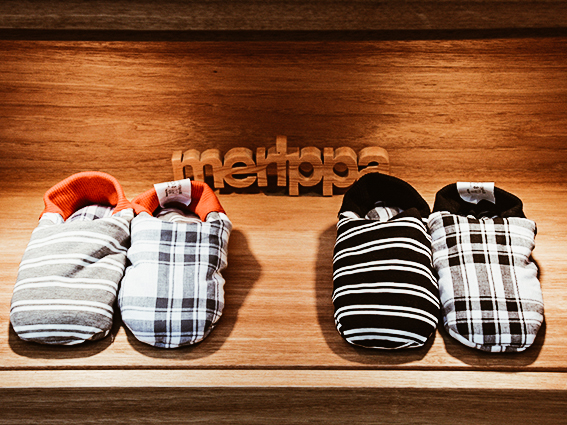
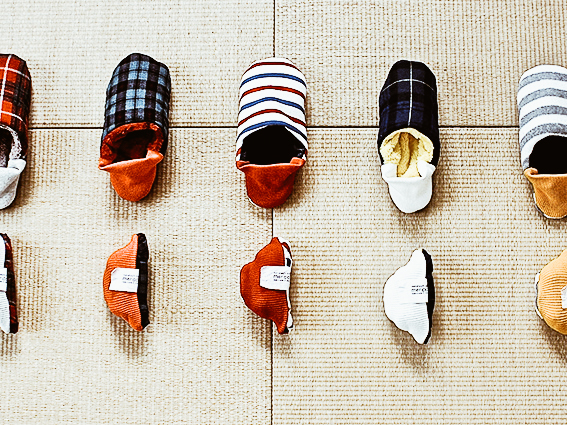
In Giappone ci sono vari negozi pop-up Merippa. Stiamo parlando di un brand famosissimo in Giappone che ora sta diventando quasi virale qui in Italia! Merippa è ovunque e potete trovarlo in TENOHA &| SHOP a Milano, con le sue collezioni sia invernali che primaverili.
Merippa è quello che cercate per essere cool anche nella comodità di casa. Il focus di questo brand è proprio poter dare bellezza ed eleganza anche nei momenti di relax. Se doveste avere degli amici a casa, vedrete quanto invidieranno le vostre pantofole Merippa! Sicuramente vi chiederanno anche dove le avete prese, beh… la risposta è semplice: a TENOHA &| SHOP!
Siate unici e particolari anche tra le mura di casa, fatevi tentare da Merippa, la bellezza, l’assoluta comodità e la praticità giapponese finalmente qui in Italia!
Fukushima Mirai Challenge Project e il futuro del Giappone
Il futuro è a TENOHA Milano con il progetto Fukushima Mirai Challenge, disponibile fino alla fine di febbraio.
Se volete sapere cosa significa veramente la parola “resilienza”, dovete soffermarvi su questo articolo. Stiamo parlando di futuro, rinascita, entusiasmo, passione e vero amore. Mirai in giapponese significa Futuro, il futuro della provincia di Fukushima. Dal 3 Marzo 2011 niente è rimasto più lo stesso, da quella tragedia in cui terremoto e tsunami hanno distrutto famiglie, case e attività. Come dicevo, niente è rimasto più lo stesso e c’è qualcosa che è sbocciato come un fiore nel deserto: il desiderio di rinascita. La resilienza. Continuare il proprio lavoro nonostante tutto. Proprio su questo si basa il Fukushima Mirai Project, il progetto del FUTURO. Dodici comuni della prefettura di Fukushima aderiscono a questo importante progetto e hanno deciso di tornare alle loro attività dopo l’ordine di evacuazione avvenuto anni fa.
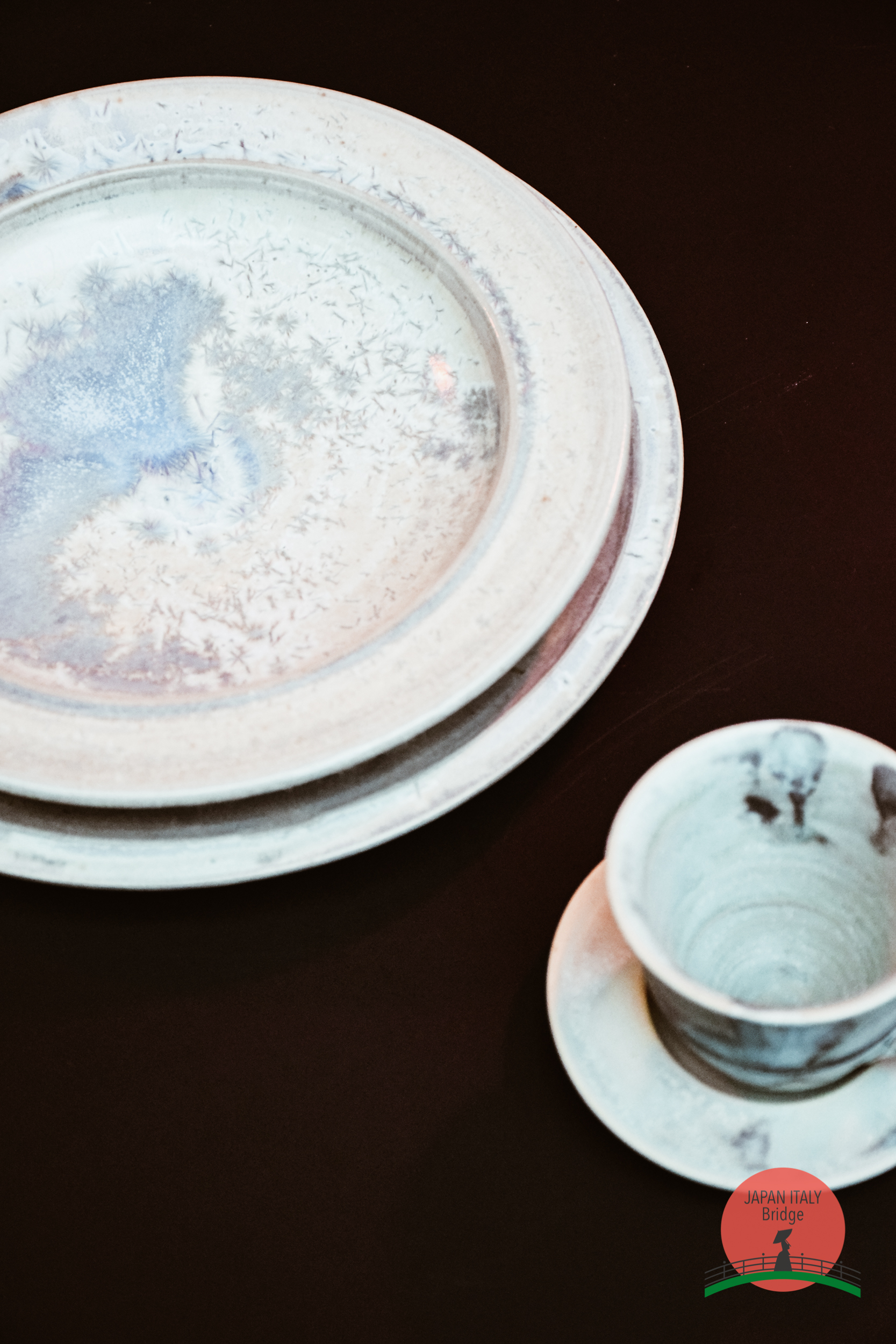
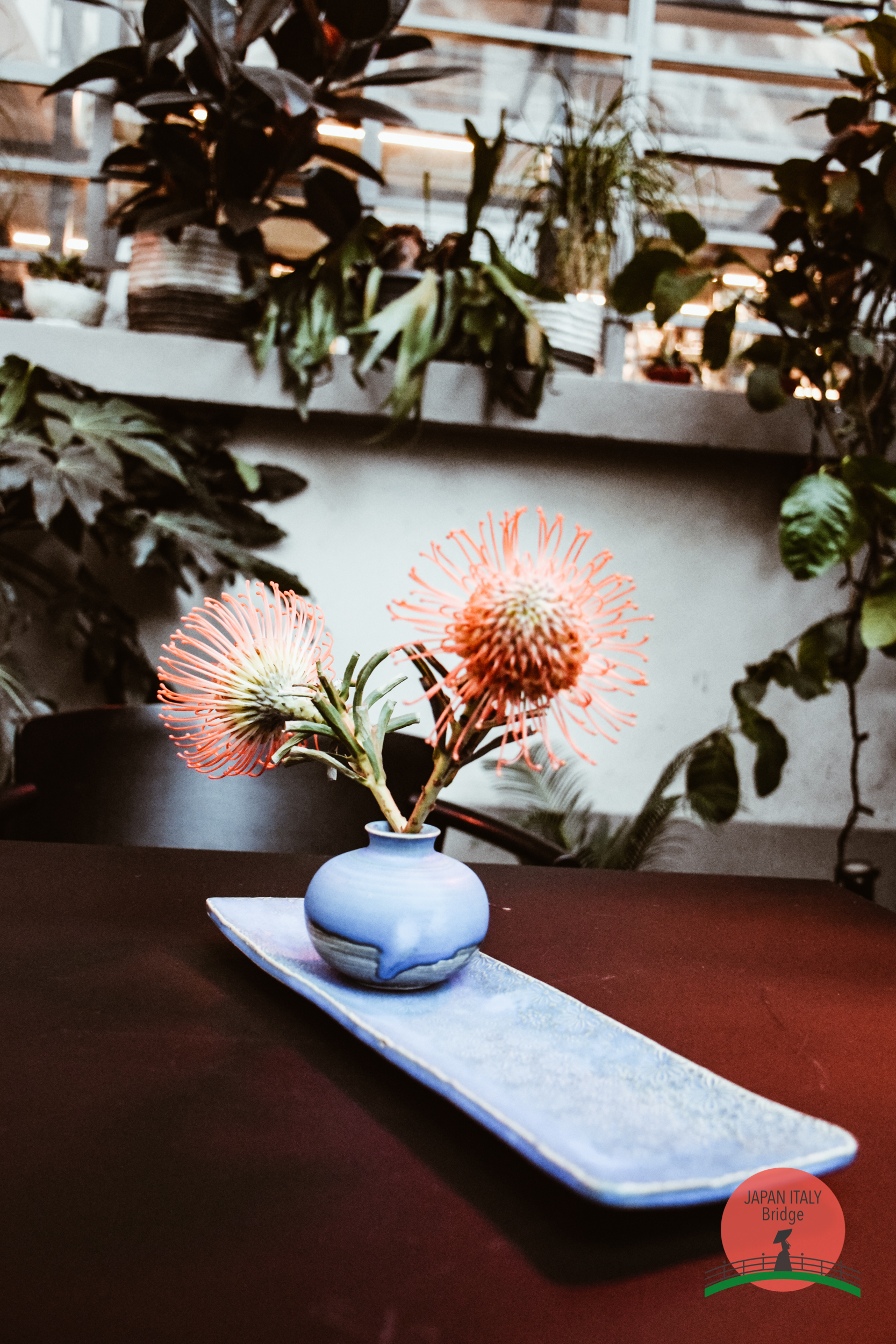
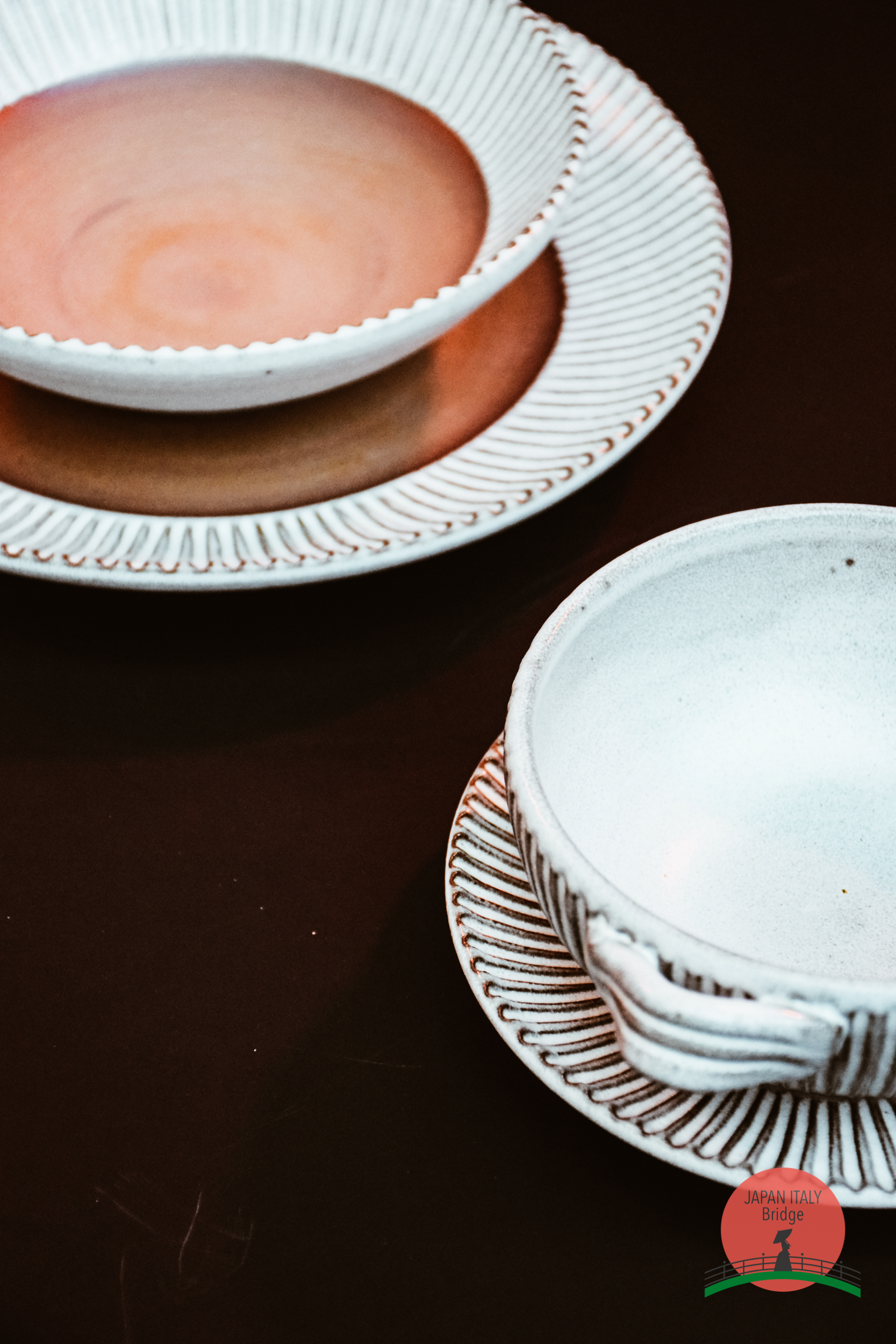
La rinascita di Fukushima con il Fukushima Mirai Challenge
Nel Fukushima Mirai Project c’è la voglia di ricominciare, di ricostruire e ricostruirsi, rivalorizzare le città, rinascere. Infatti, questo progetto supporta le imprese autonome, promuovendo il loro sviluppo anche nel mercato estero. Oggi prenderemo ad esempio due aree che stanno lottando con i loro stupendi prodotti per rinascere, leggete attentamente non solo con gli occhi, ma anche soprattutto con il cuore.
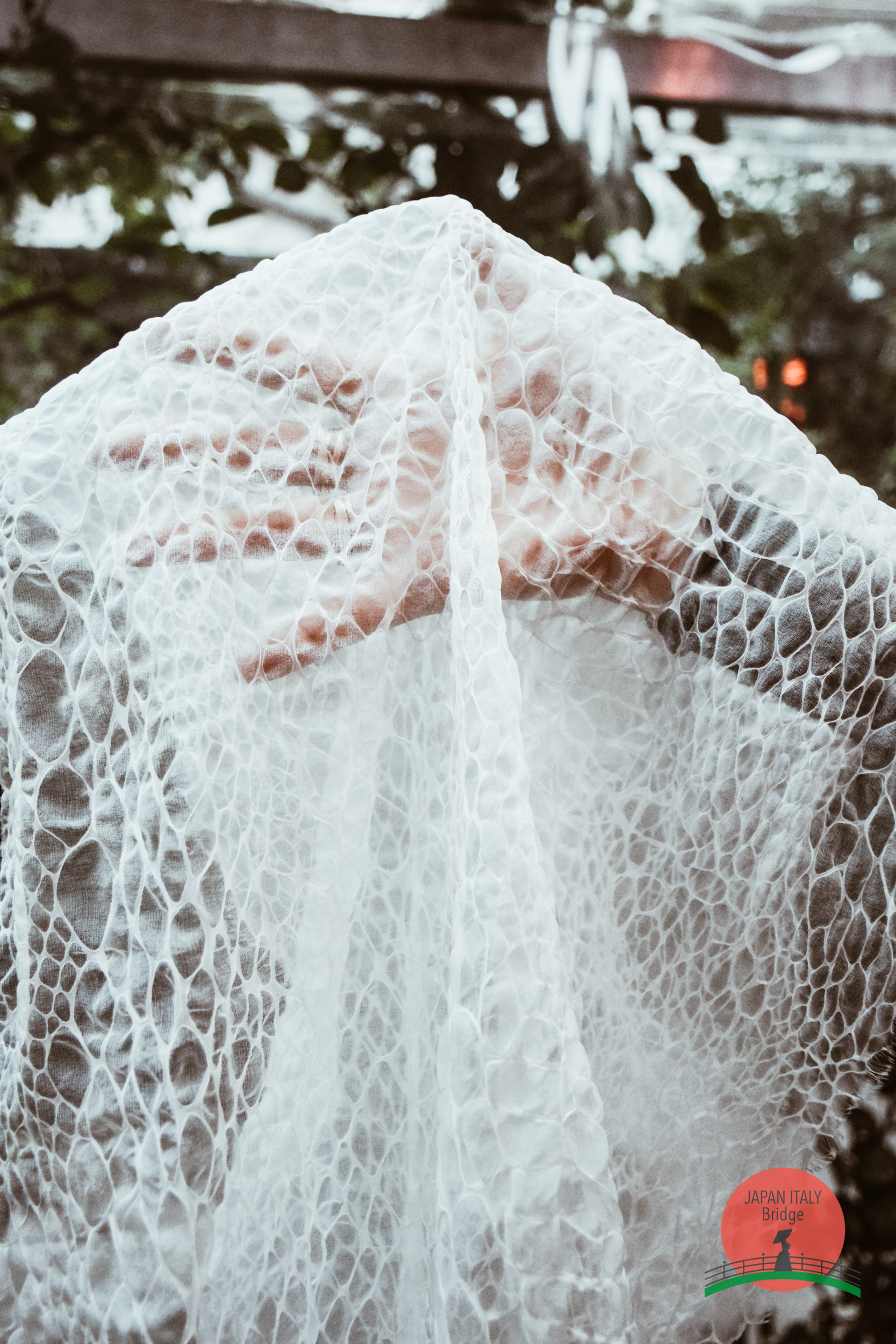
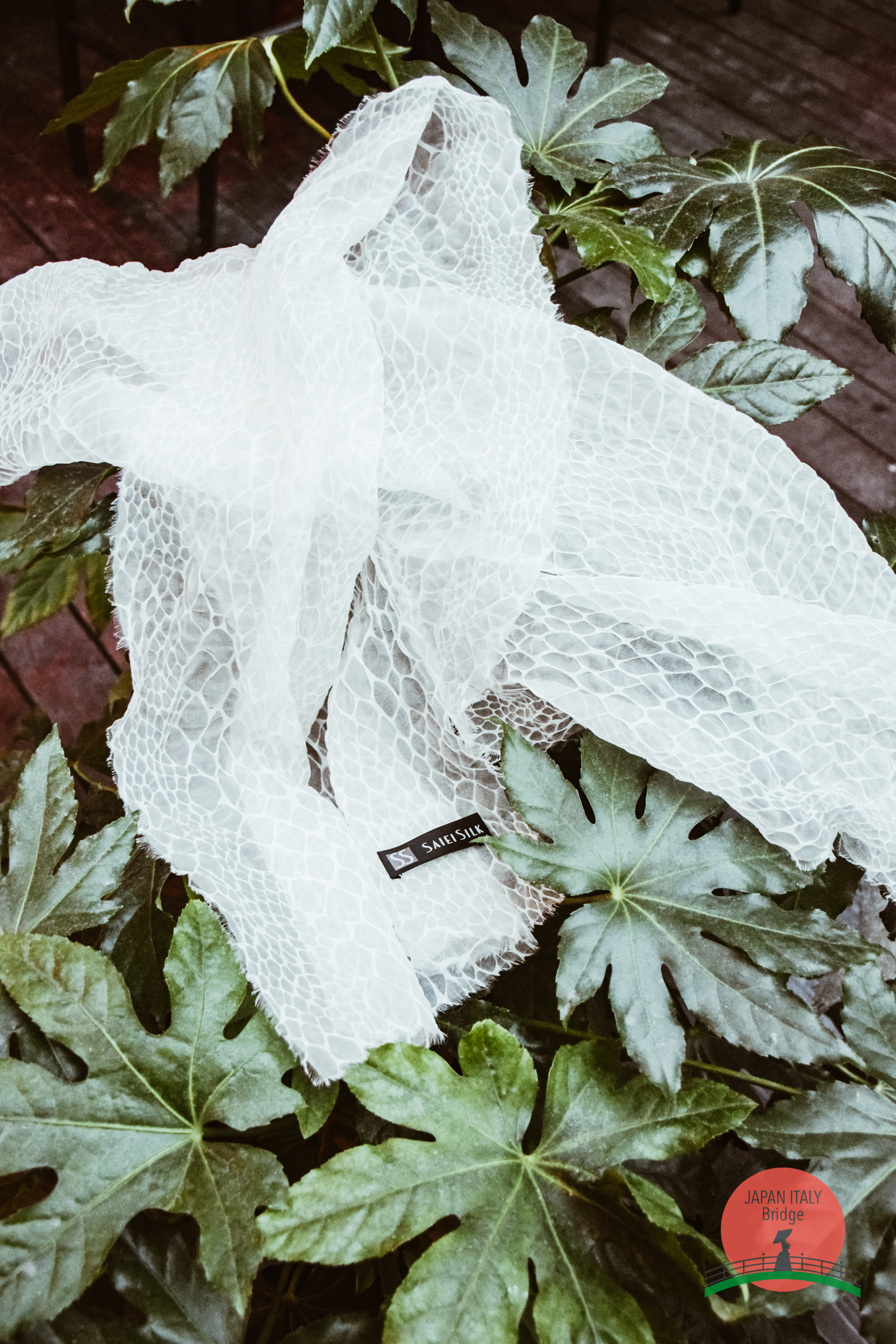
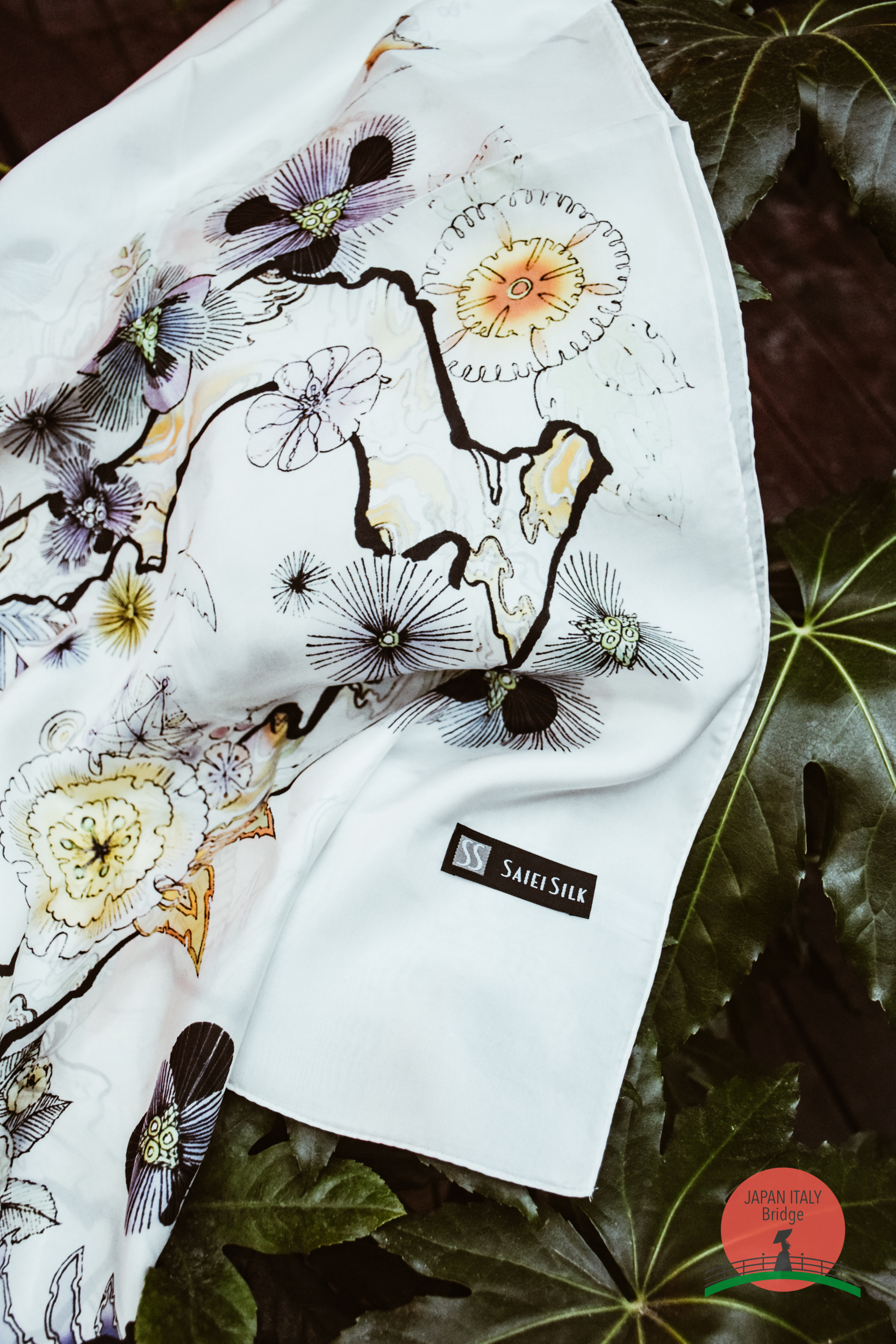
Saiei Orimono con Kawamata Silk
La sfida dell’azienda "Saiei Orimono" nella città di Kawamata che partecipa al Fukushima Mirai Project è quella de "la seta più sottile del mondo". Sicuramente sapete che prezioso tessuto possa essere la seta, ma la seta più leggera al mondo l’avete mai toccata? Sentirla tra le mani è qualcosa di unico, incredibilmente evanescente, una piuma e infatti più di 1000 spettatori, ambasciatori di ogni paese compresi, hanno potuto ammirare la seta "Fairy feather" durante uno spettacolo che si è tenuto nella sede dell’UNESCO di Parigi. Sapete cos’è? La seta più leggera e sottile al mondo, quindi una piuma, per questo il vestito si è meritato il nome di "Fairy feather", Piuma fatata. In giapponese si dice hagoromo che significa Abito di piume. A TENOHA &| SHOP potete trovare i foulard di vari colori.
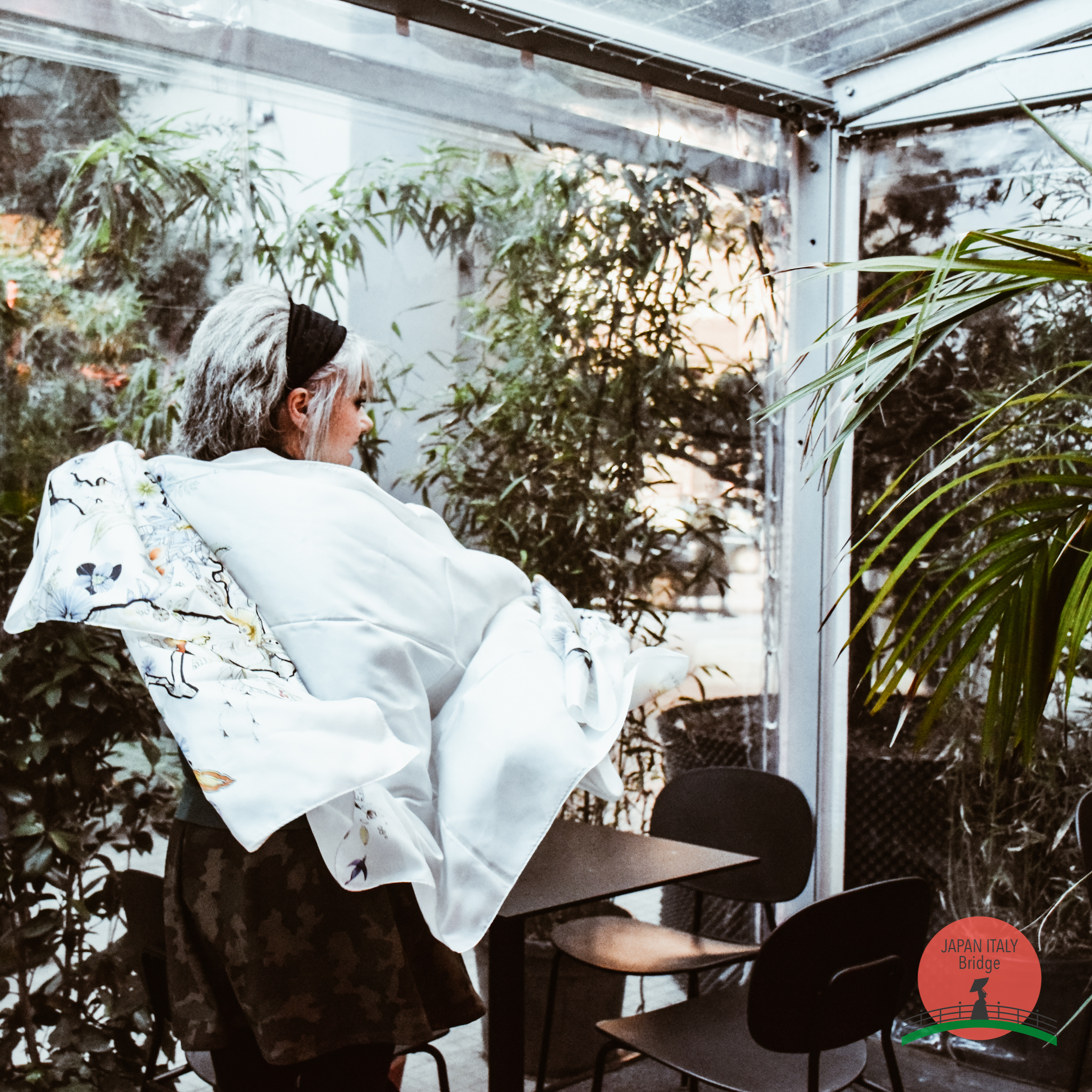
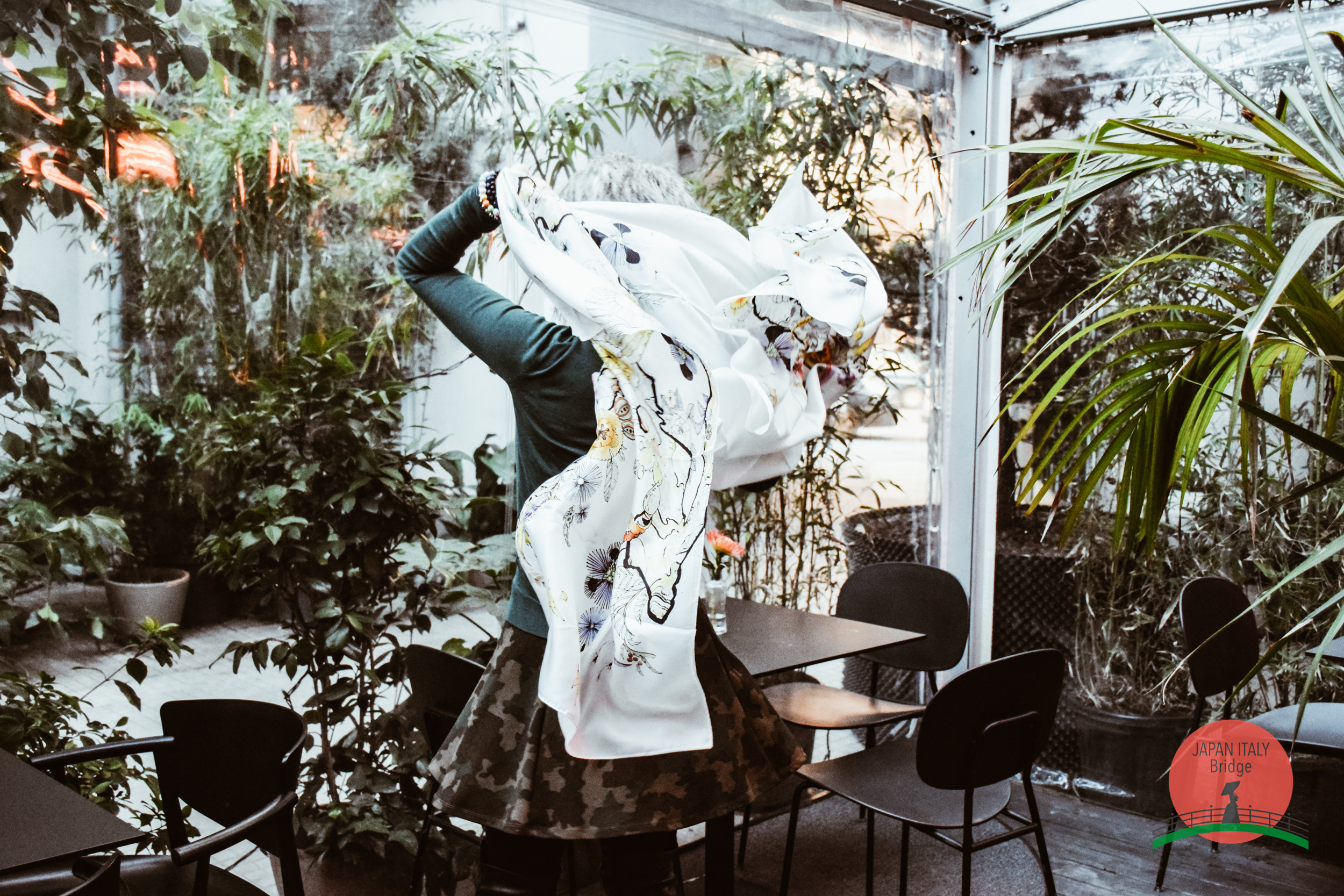
Saiei Orimono e Beyond Kimono
BEYOND KIMONO presso la sede dell’UNESCO ci informa che dal pubblico in molti si sono complimentati per i colori e la trama dei tessuti. Questo prodotto lucente, sottile, fermo e brillante, indossato è unico e riesce a farti sentire incredibilmente speciale. Molti marchi mondiali hanno scelto questo tessuto per indumenti di vita quotidiana come le sciarpe.
Per avere un esempio pratico della leggerezza del tessuto, il presidente Yasuyuki Saito ha detto che un vestito da sposa normale pesa più di 10 kg. Il vestito da sposa che utilizza la seta Fairy Feather pesa meno di un decimo di 600 grammi. Il pensiero di Saito prima di realizzare questo speciale tessuto, si è sviluppato grazie ad una designer, Yumi Katsura, che aveva lavorato sugli abiti da sposa. “Voglio creare un abito con cui la sposa possa anche ballare al matrimonio". Ecco da dove nasce la seta più sottile al mondo! Questo pensiero ha dato vita alla bellezza e leggerezza che si sposano e si adagiano delicatamente ed elegantemente su di voi.
A causa del terremoto nella regione del Tohoku, la società ha anche sofferto di interruzioni logistiche. Le difficoltà a cui hanno fatto fronte sono state tantissime, ma sono diventate anche un desiderio di rinascita ancora più grande. Pensate che l’abito Fairy Feather è stato completato l’anno dopo il terremoto, nonostante tutte le difficoltà, rimanendo sempre in continuo sviluppo.
La voglia di rinascita di questa azienda è concentrata sulla qualità di questa seta che tutti ora potrete toccare e indossare grazie al Fukushima Mirai Project e a TENOHA &| SHOP, TENOHA Milano.
Ikariya Shoten con Ōborisoma-yaki
Passiamo dall’abbigliamento all’artigianato tradizionale utilizzato dalla prefettura di Fukushima e non solo. Con Ōborisoma-yaki abbiamo delle ceramiche che hanno le crepe, la doppia cottura e il colore come caratteristiche principali. Sempre a causa del terremoto del 2011, le aziende evacuate hanno cercato vari luoghi per continuare la produzione, come una cooperativa, continuando il loro lavoro.
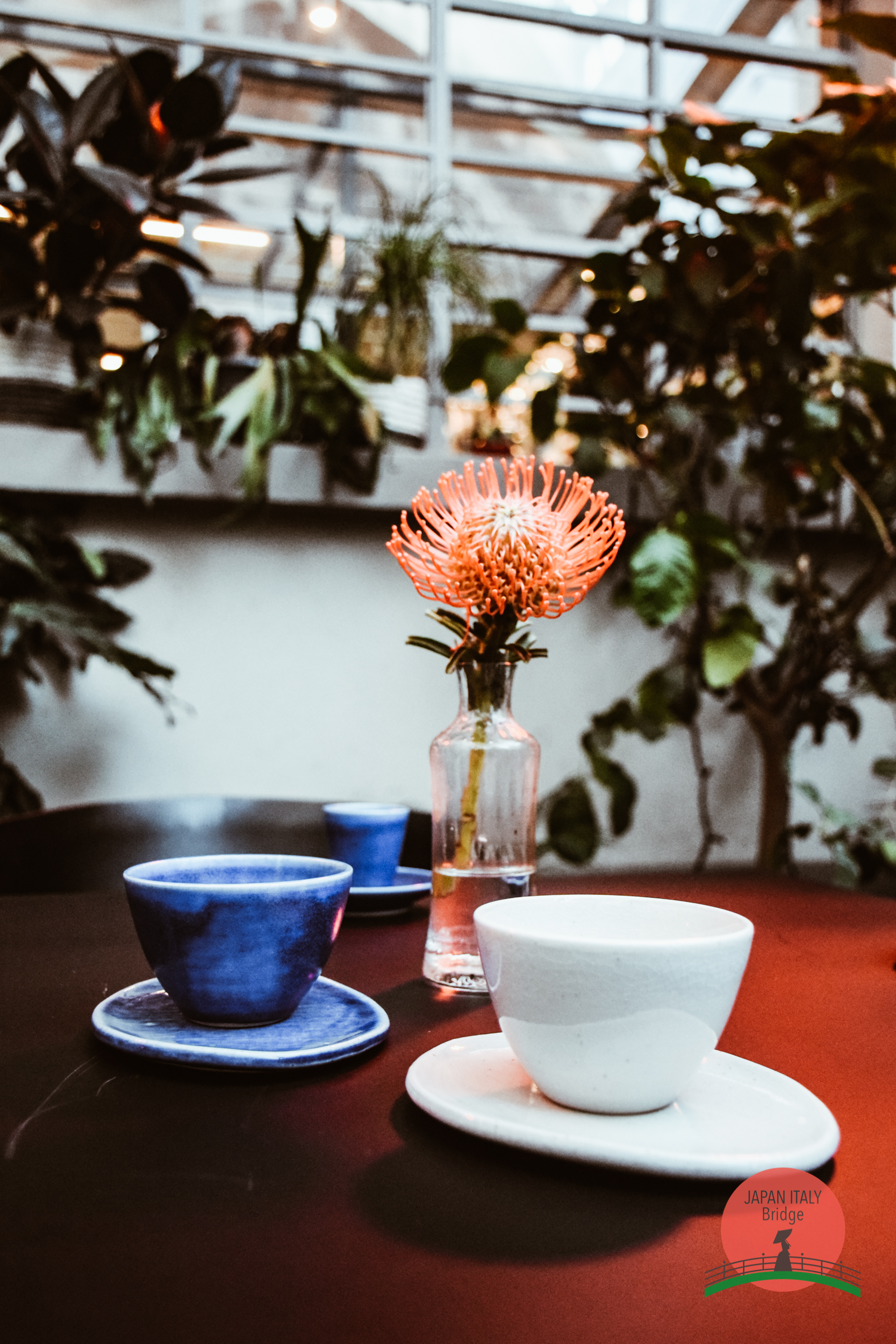
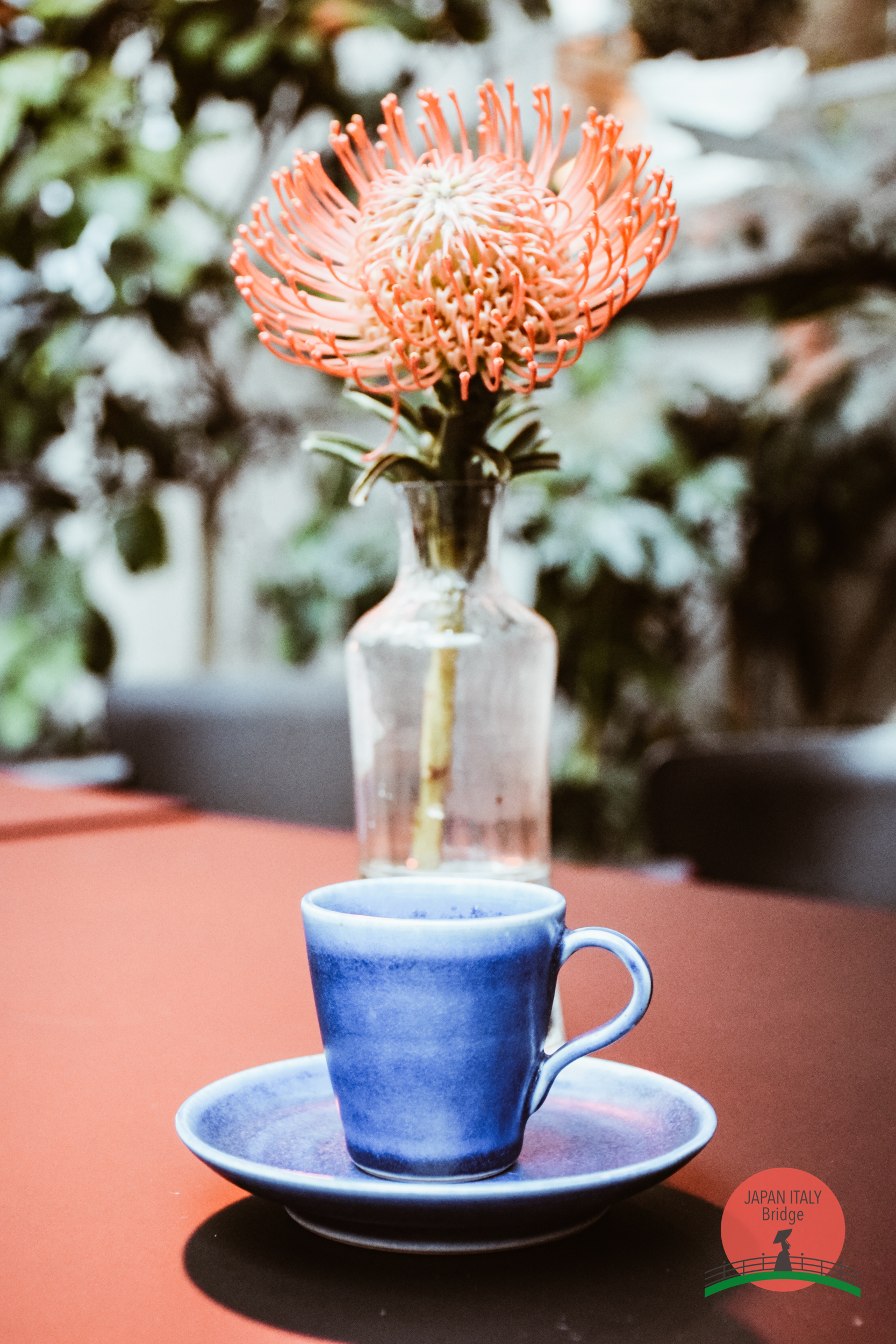

Ōborisomayaki è un termine che indica le ceramiche prodotte in tutta l'area di Ōbori, nelle città di Namie e di Futaba. Stiamo parlando di una ceramica con un’importante storia alle spalle che comincia addirittura nel periodo Edo. Nella società feudale era chiamata Soma, dopodiché divenne Ōborisoma-yaki. La produzione di questo materiale era diventata un’attività secondaria degli agricoltori. Tuttavia, divenne così importante da raggiungere i 100 forni di produzione alla fine dell’era Edo diffondendosi dall’isola di Hokkaido all'intera area del Kanto.
Ōborisoma-yaki e l'era Meiji
Nell’era Meiji, dopo la guerra, il centro di produzione aumentò moltissimo. Il mercato dal Giappone si diffuse anche negli Stati Uniti con il nome di "Idea Cup" e "Double Cup".
L'incidente nucleare di Fukushima Daiichi della Tokyo Electric Company nel marzo 2011 ha costretto tutti i residenti della città di Namie ad evacuare fino alla fine del marzo 2017. Invece, l’area di Ōbori in cui si produceva la ceramica Ōborisoma, era è ancora inaccessibile.
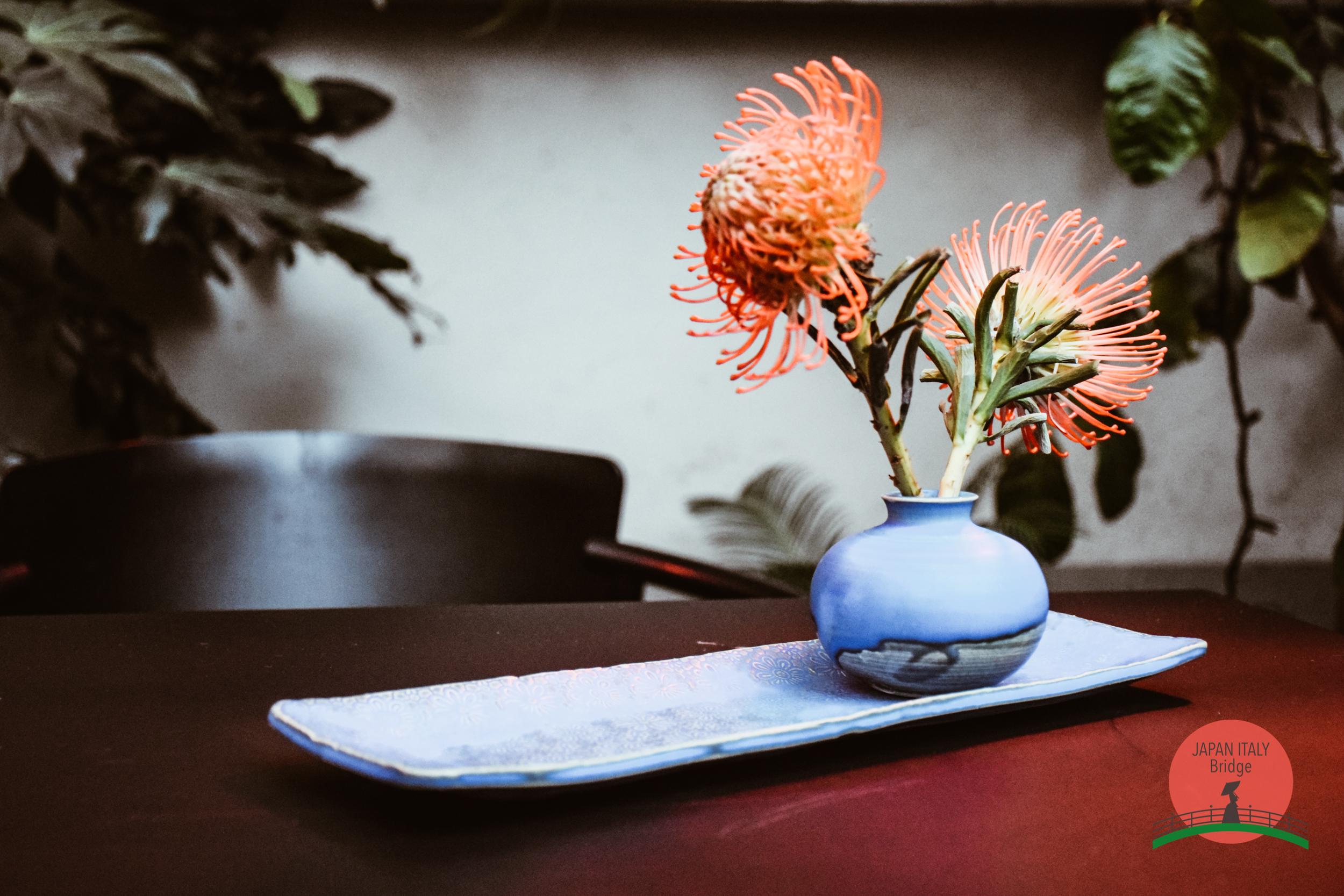
Ovviamente, tutto questo non ha scoraggiato la Cooperativa Ōborisoma-yaki che nel 2012 ha creato un laboratorio temporaneo e un ufficio a Nihonmatsu. Lezioni di ceramica, esposizione e vendita di prodotti, workshop, forni comuni per i ceramisti che volevano andare avanti con le loro attività.
Ordinazione dei prodotti Ōborisoma-yaki, richiesta di esibizione ad eventi e classi di ceramica sono solo alcuni degli elementi di rinascita a cui possiamo assistere. Le opere di Oborisoma-yaki sono anche qui a TENOHA &| SHOP, TENOHA Milano, che ha partecipato con orgoglio al progetto Fukushima Mirai Challenge.
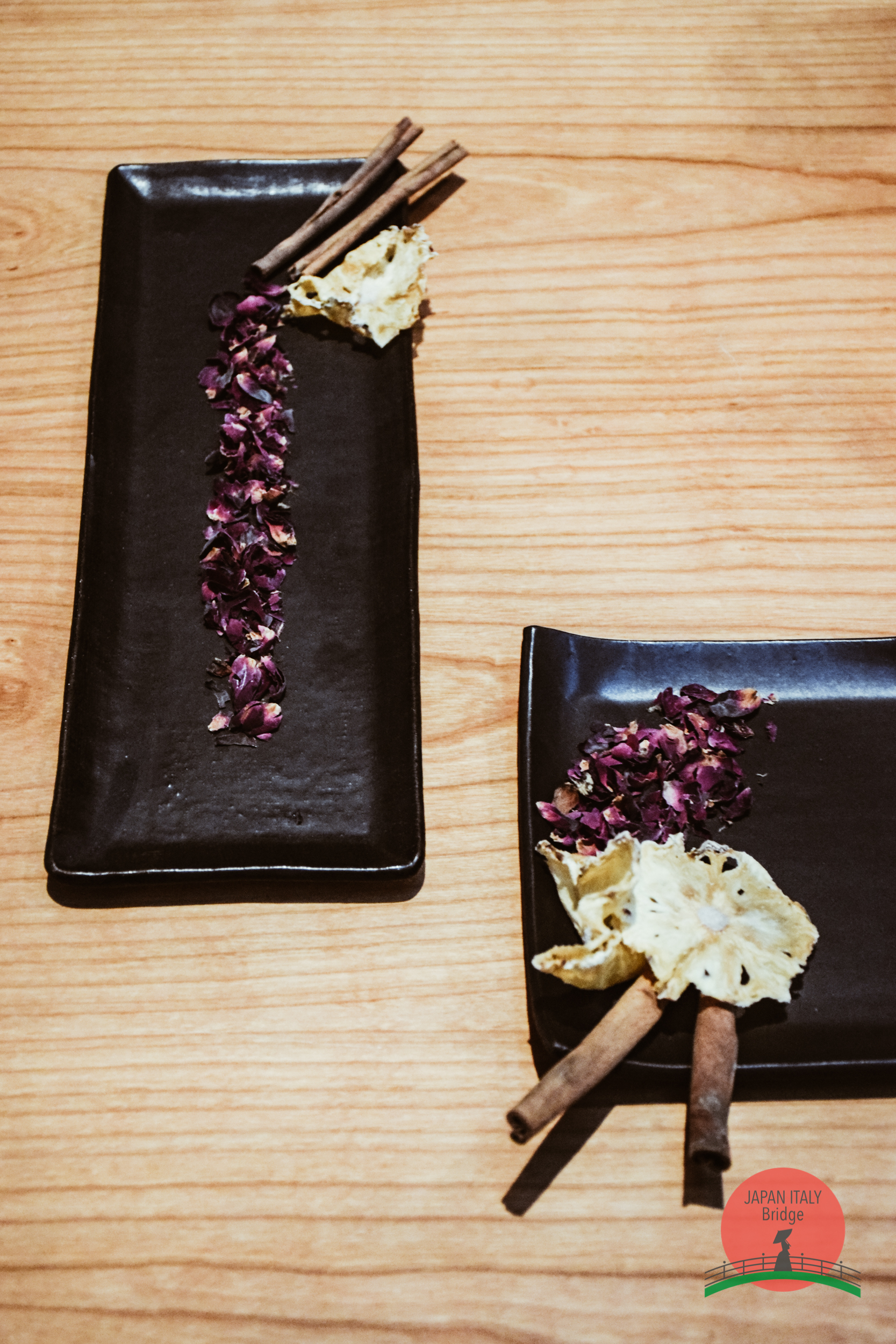
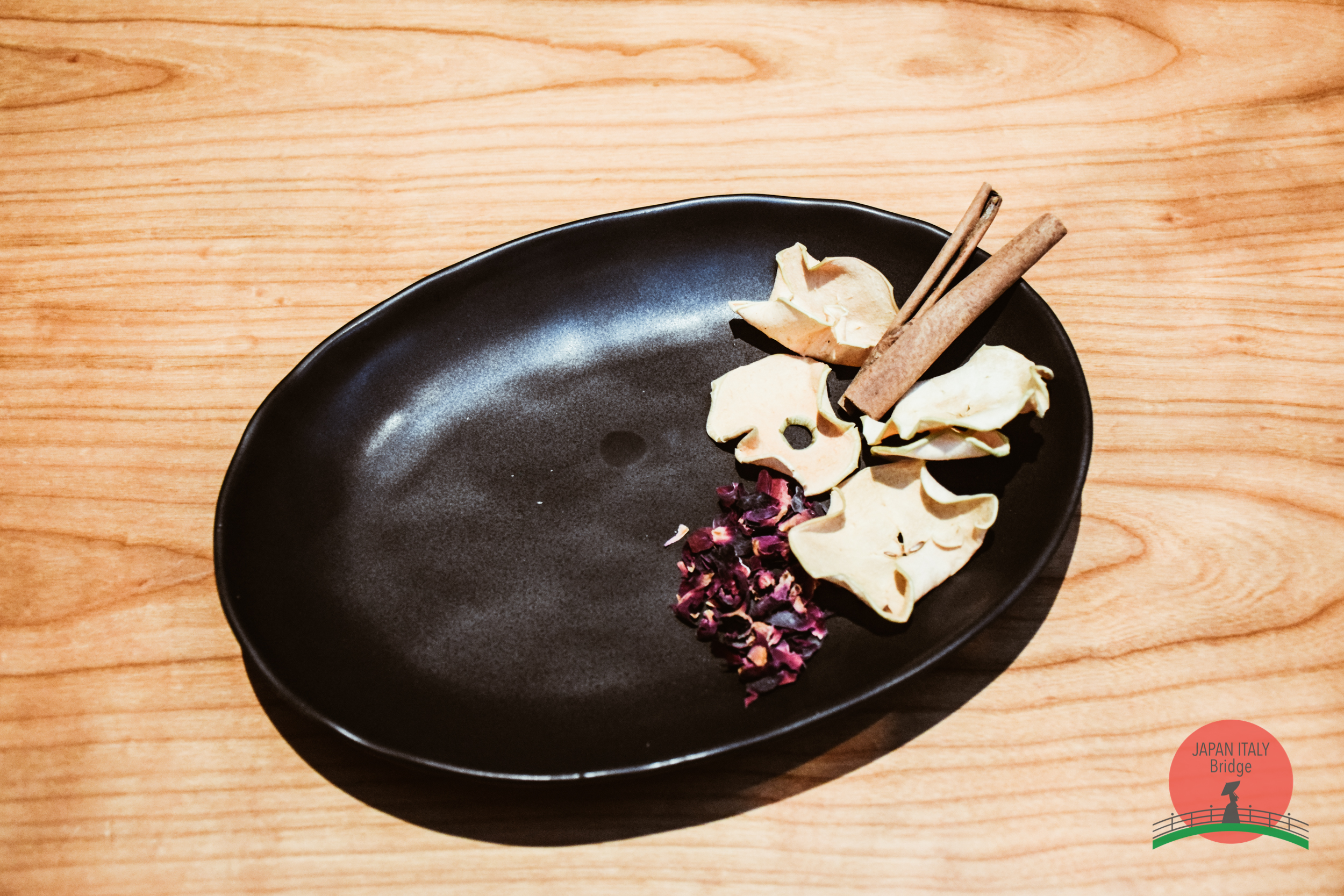
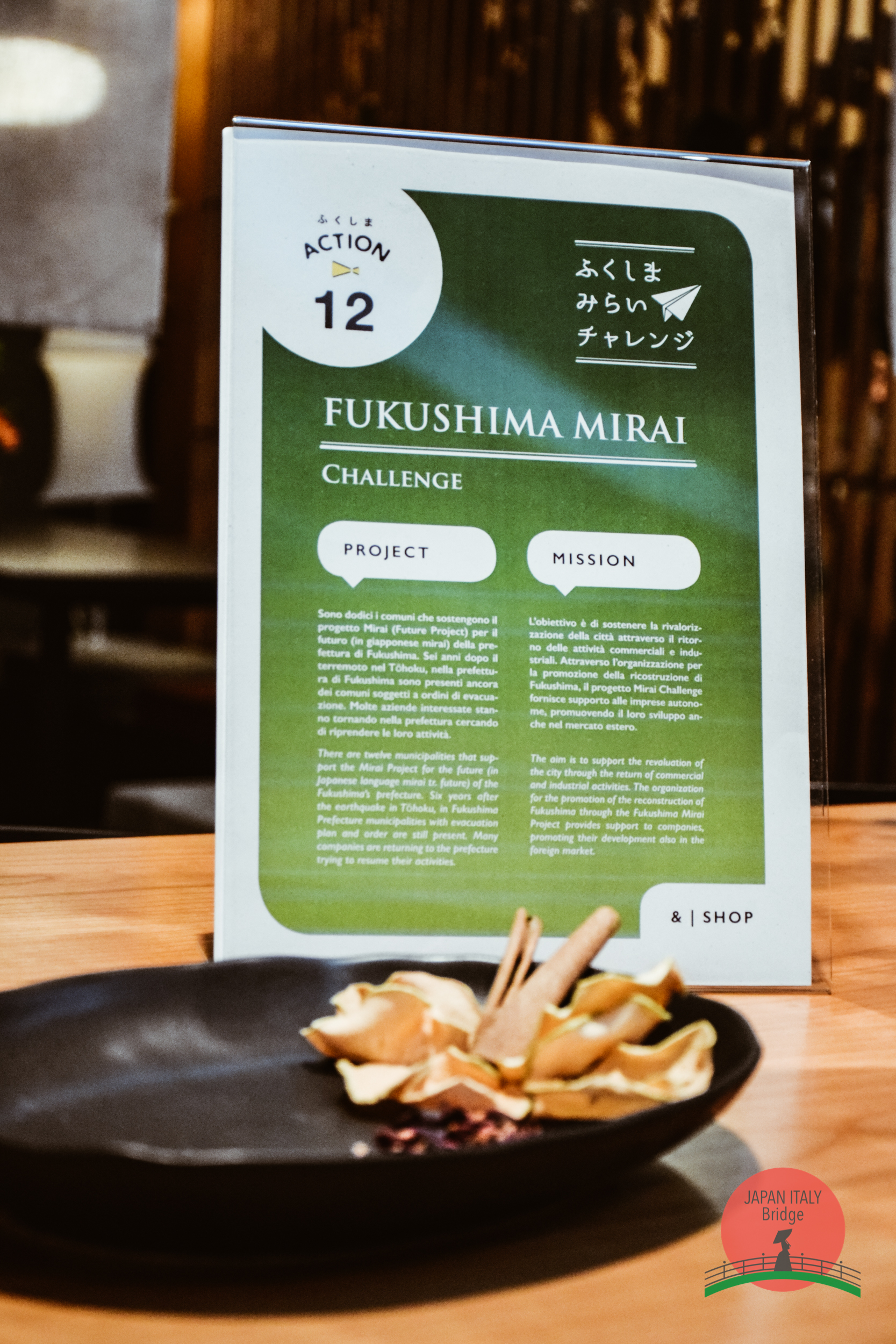
Fukushima Mirai Challenge, prodotti unici nel loro genere
Fukushima Mirai Challenge è un progetto che ci regala non solo prodotti unici, ma supporta anche una storia importante. Ogni prodotto che indossiamo o che teniamo con noi significa Rinascita. Infatti, la seta più sottile al mondo di Kawakama e le splendide ceramiche di Ōbori sono solo un’importante parte del futuro di Fukushima.
Volete toccare con mano il futuro? Accettate questa importante Challenge? Vi aspettiamo a TENOHA Milano per tutto il mese di febbraio, e ricordate che ogni acquisto andrà a favore del progetto governativo di recupero delle aree disastrate. Ognuno di noi può contribuire alla rinascita di Fukushima e supportare questo importantissimo progetto, diventando una parte essenziale del futuro di Fukushima Mirai Challenge.
Official Website | Facebook page
Tougei, una ventata di allegria e natura per la vostra casa
Una casa completamente rinnovata e particolare con Tougei! In tavola potrete mostrare le posate più belle, divertenti e particolari!
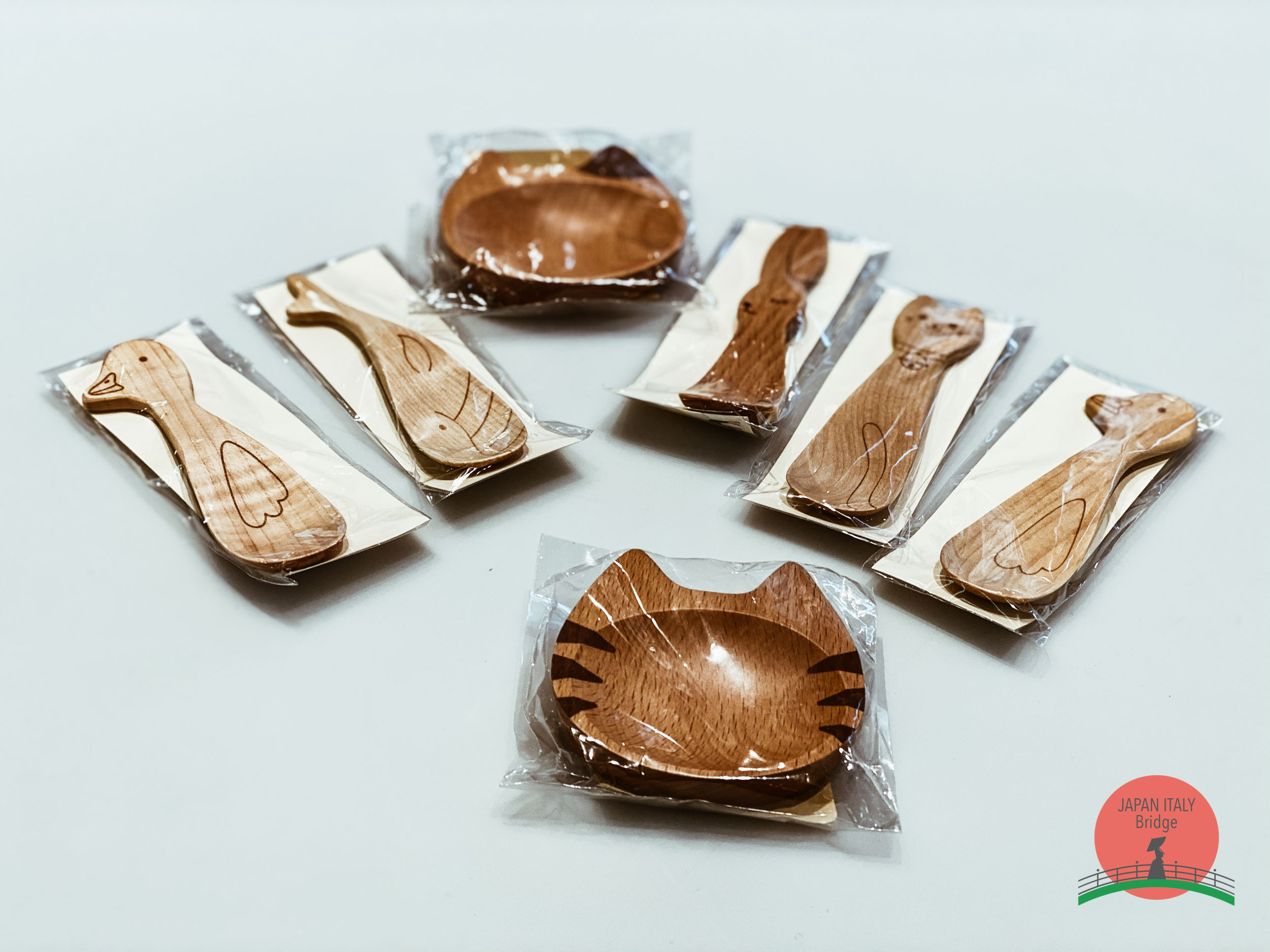
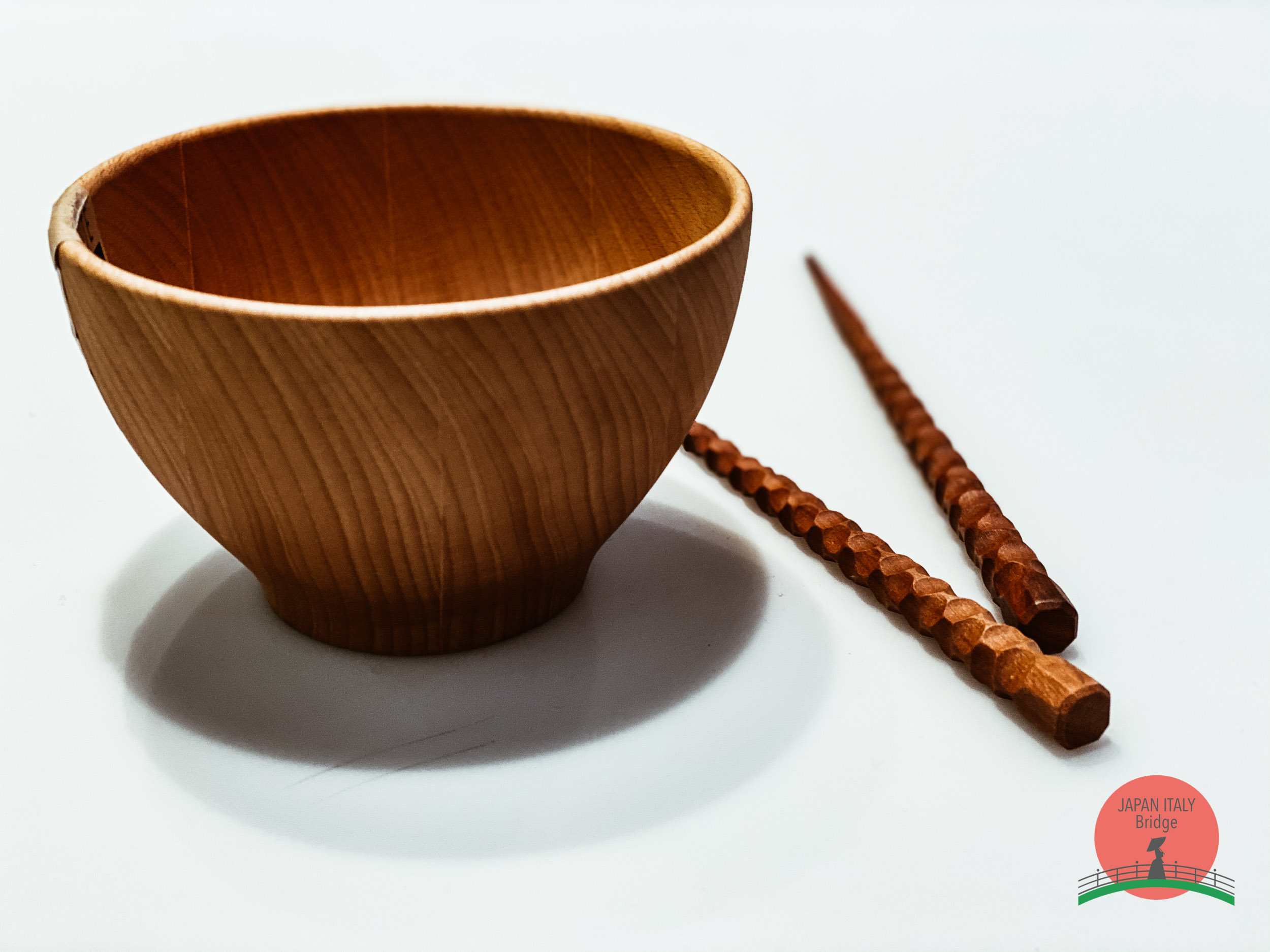
Scopriamo Tougei
Tougei è un'azienda giapponese che produce articoli per la tavola in legno e li spedisce in tutto il mondo. Fondata nel 1980, Tougei utilizza i legni più pregiati, ovvero: faggio, ciliegio e sawo che è una pianta indonesiana. Perchè il legno? Innanzitutto per la sua resistenza, poi per l’unicità perchè due legni uguali non esistono. Ci sono molte differenze nei colori, nelle venature e nei nodi, come ogni persona ha una personalità diversa dalle altre.
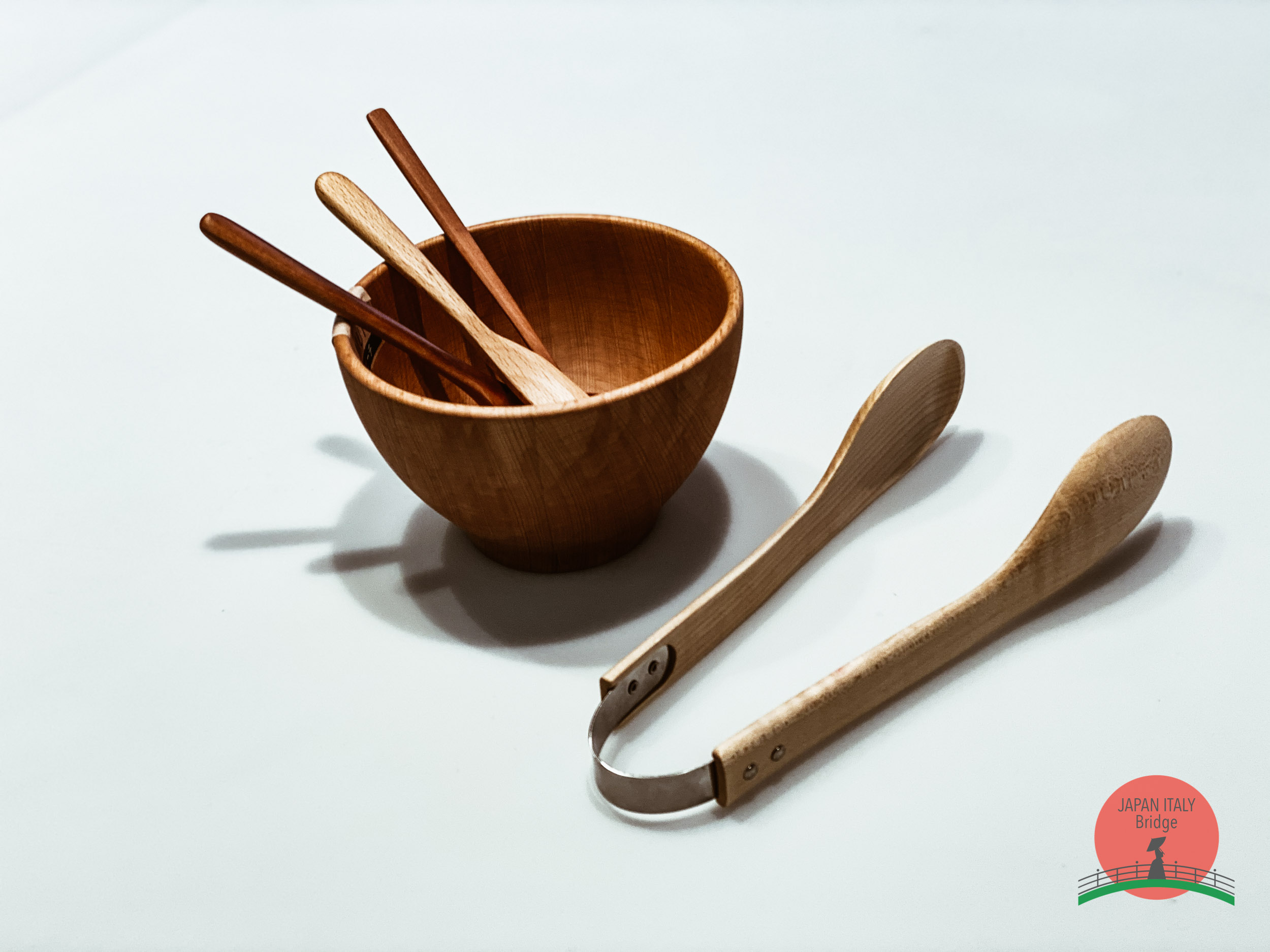
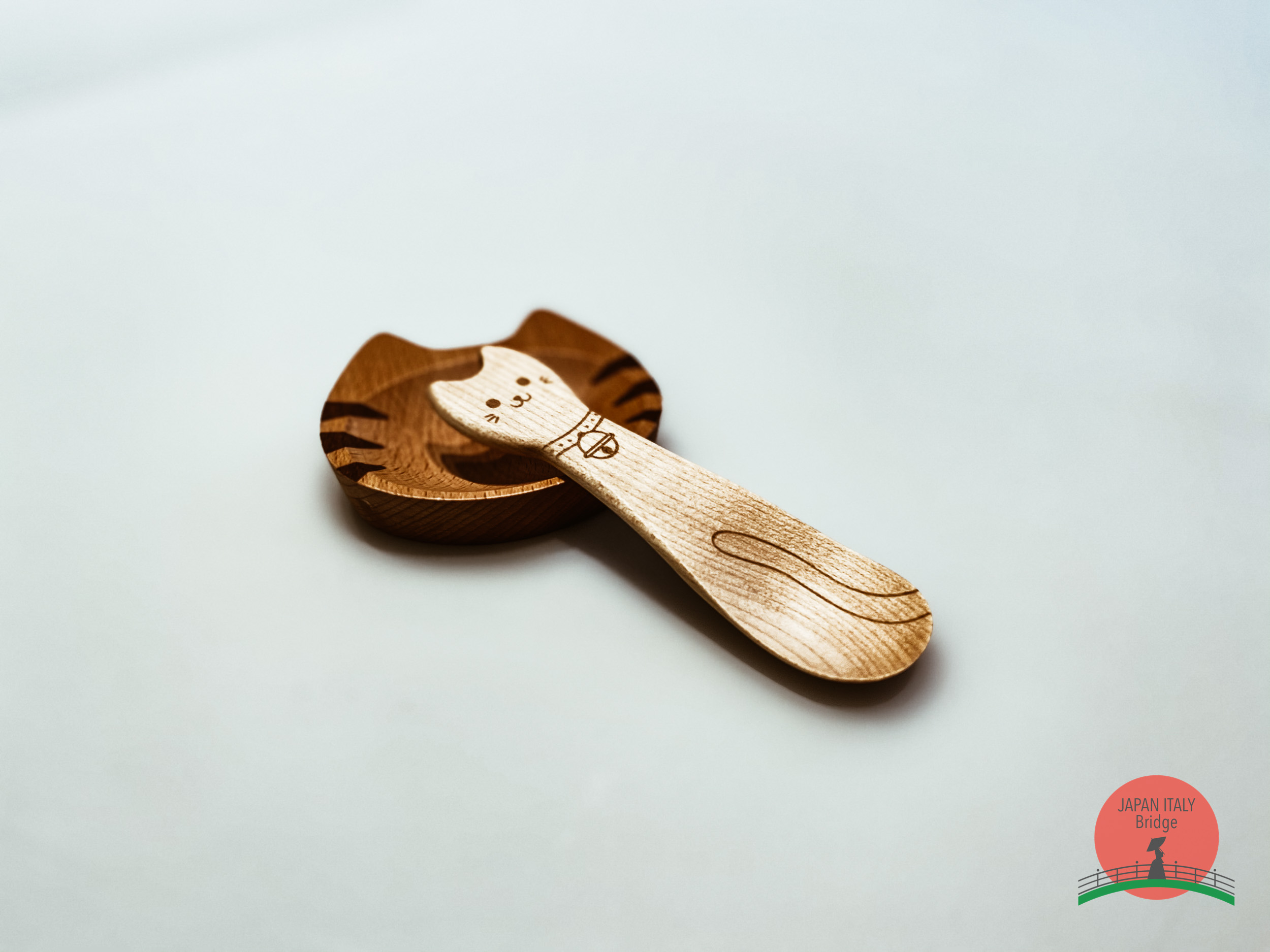
La qualità è altissima e grazie all’attenta lavorazione della finitura del legno, il prodotto risulta non solo liscio al tatto ma esteticamente perfetto. Tougei ha creato i prodotti da tavola non solo per essere ammirati dagli adulti, ma amati anche dai bambini che si sentiranno più felici di mangiare con dei cucchiaini a forma di gatto o di scoiattolo, uniamo l’utile al dilettevole!
I prodotti
Molte volte abbiamo a casa degli ospiti e ci piacerebbe sempre sfoggiare una tavola particolare ed elegante. Come idea regalo, o per la propria casa, questi prodotti sono la soluzione che mancava ed ora esiste! A TENOHA &|SHOP potete trovare il necessario per rinnovare la vostra tavola come più preferite, grazie a Tougei. Non passerà inosservata la vostra tavola, come non passerà inosservato il vostro regalo per chi amate, è novità, è eleganza. Coltelli da burro, posate per dolce e marmellata, cucchiaini per lo zucchero, mestoli, ciotole, bacchette e posa bacchette, tutto è nuovo, come davvero non lo avete mai visto!
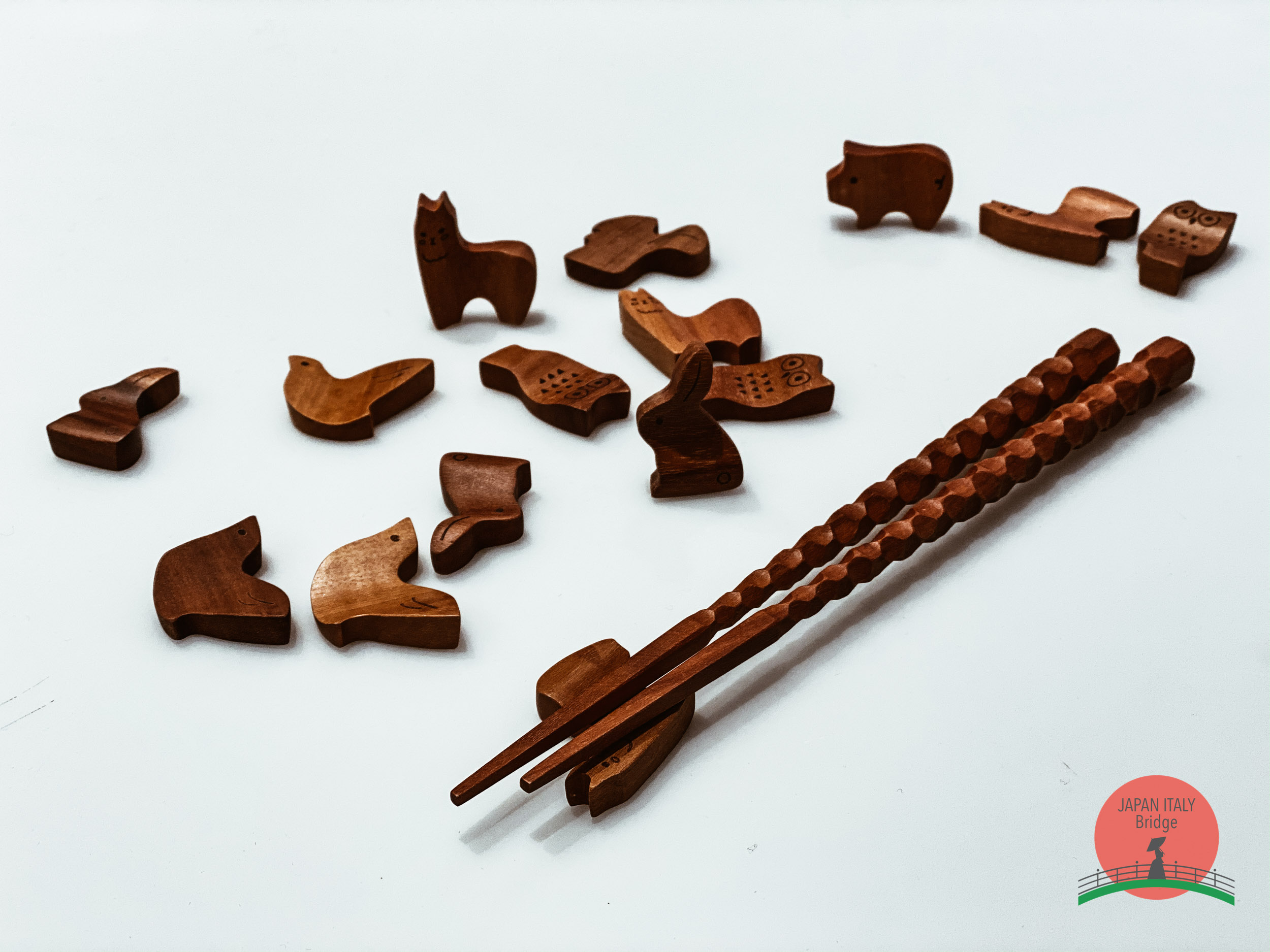
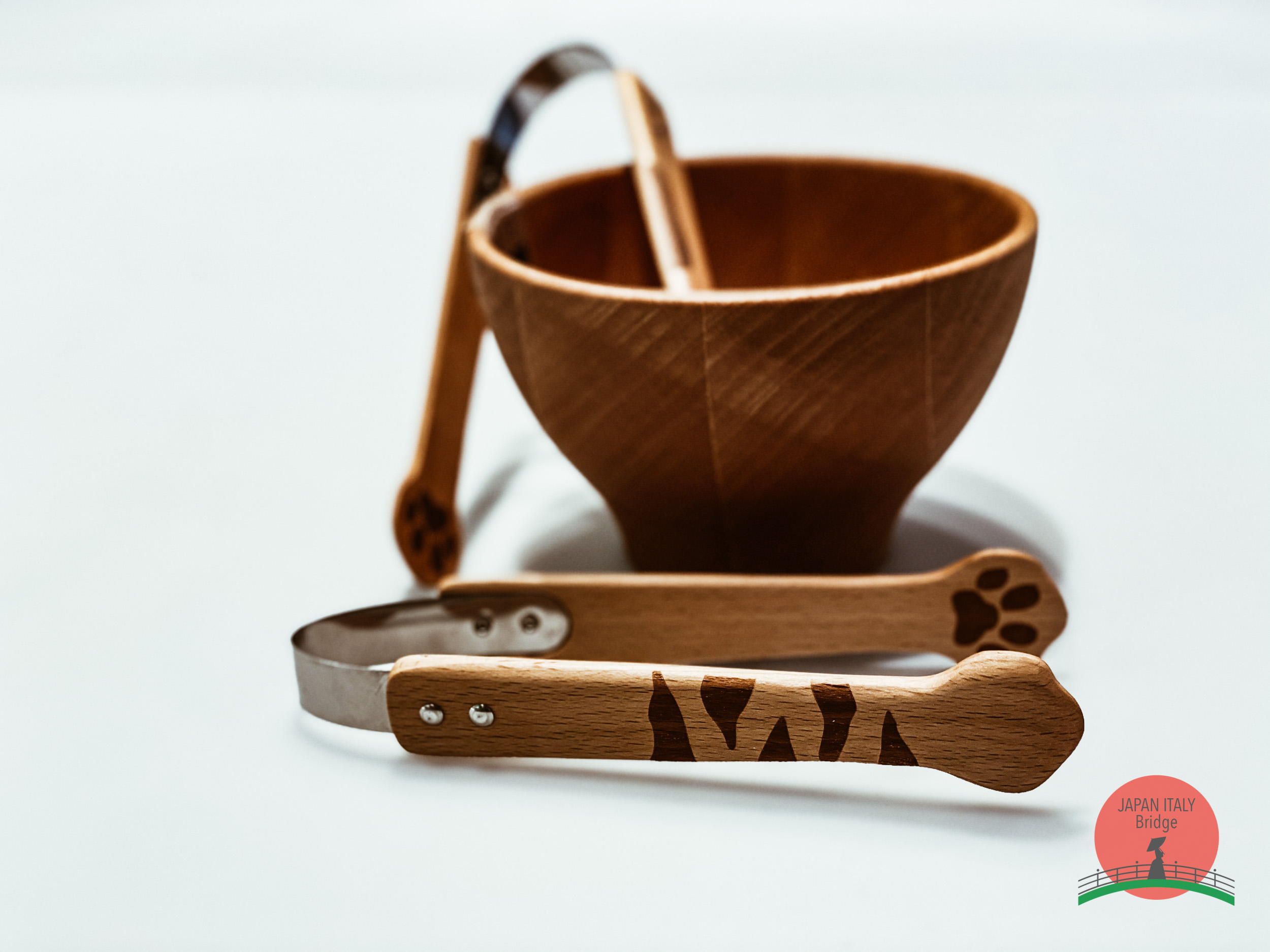
Perfetti per la casa, meravigliosi come regalo ma ottimi anche per i ristoranti! Nel caso voleste rinnovare il vostro ristorante con posate, ciotole particolari e ottima qualità, qualcosa che possa anche essere carino per i bambini con la linea degli animali, affidatevi a Tougei! Fate un giro a TENOHA &| SHOP e scegliete l’articolo per la tavola che più vi piace. Date una nuova vita alla vostra tavola con Tougei, anche i clienti vi vedranno come speciali e differenti dal resto.
Un ristorante e una tavola diversi, è tempo di rinnovarsi! E’ tempo di novità ed eleganza tutta giapponese! Siete pronti per Tougei? Vi aspettiamo a TENOHA &|SHOP!!
Replug, liberare la tua creatività con la cancelleria giapponese
Siamo tutti un po’ stanchi dei soliti regali di cancelleria, è il momento di cambiare con Replug il brand di cancelleria direttamente dal Giappone! Andiamo a conoscere un nuovo importante marchio della tradizione giapponese, creato da TDS Co. Tokyo.
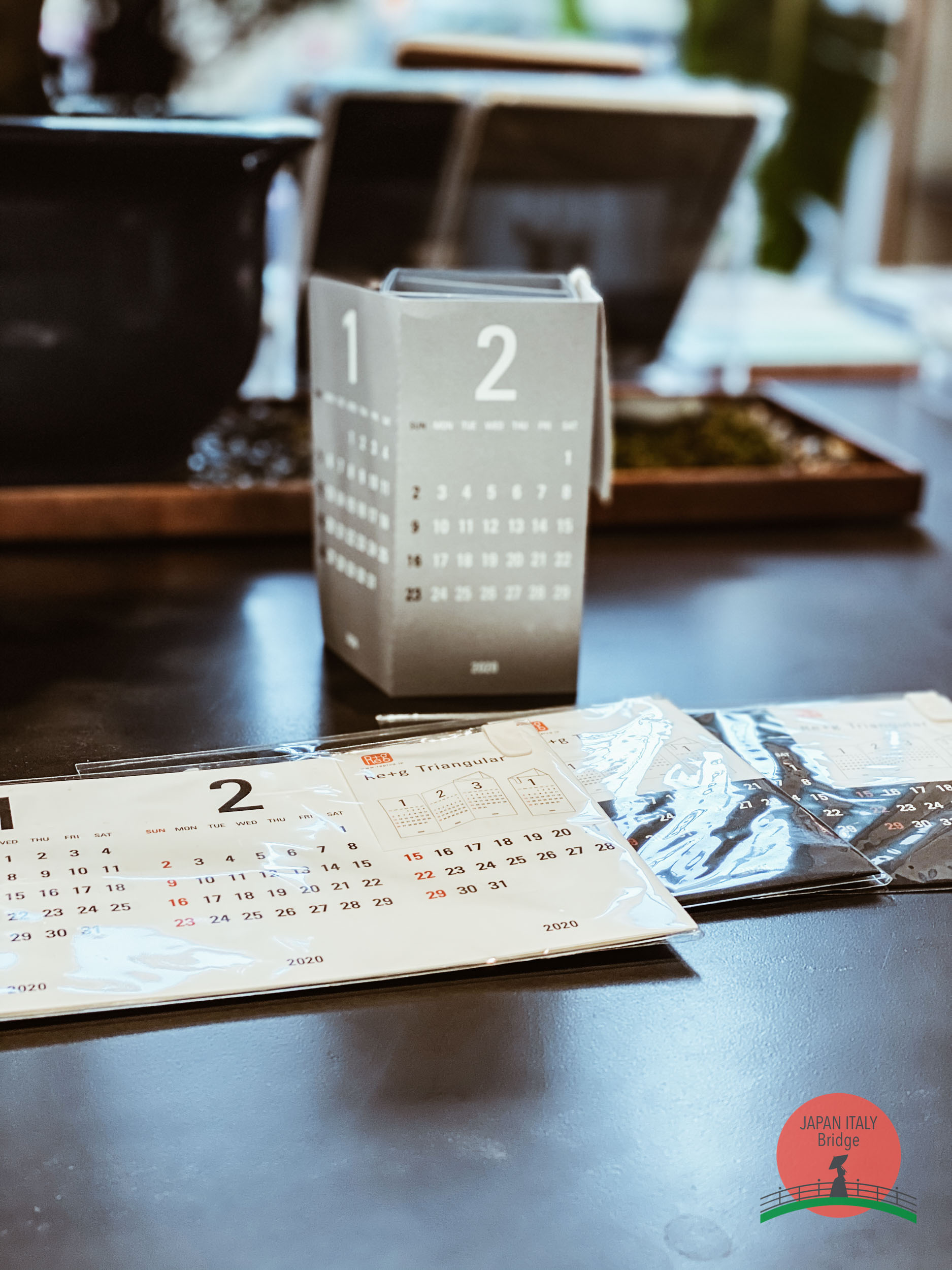
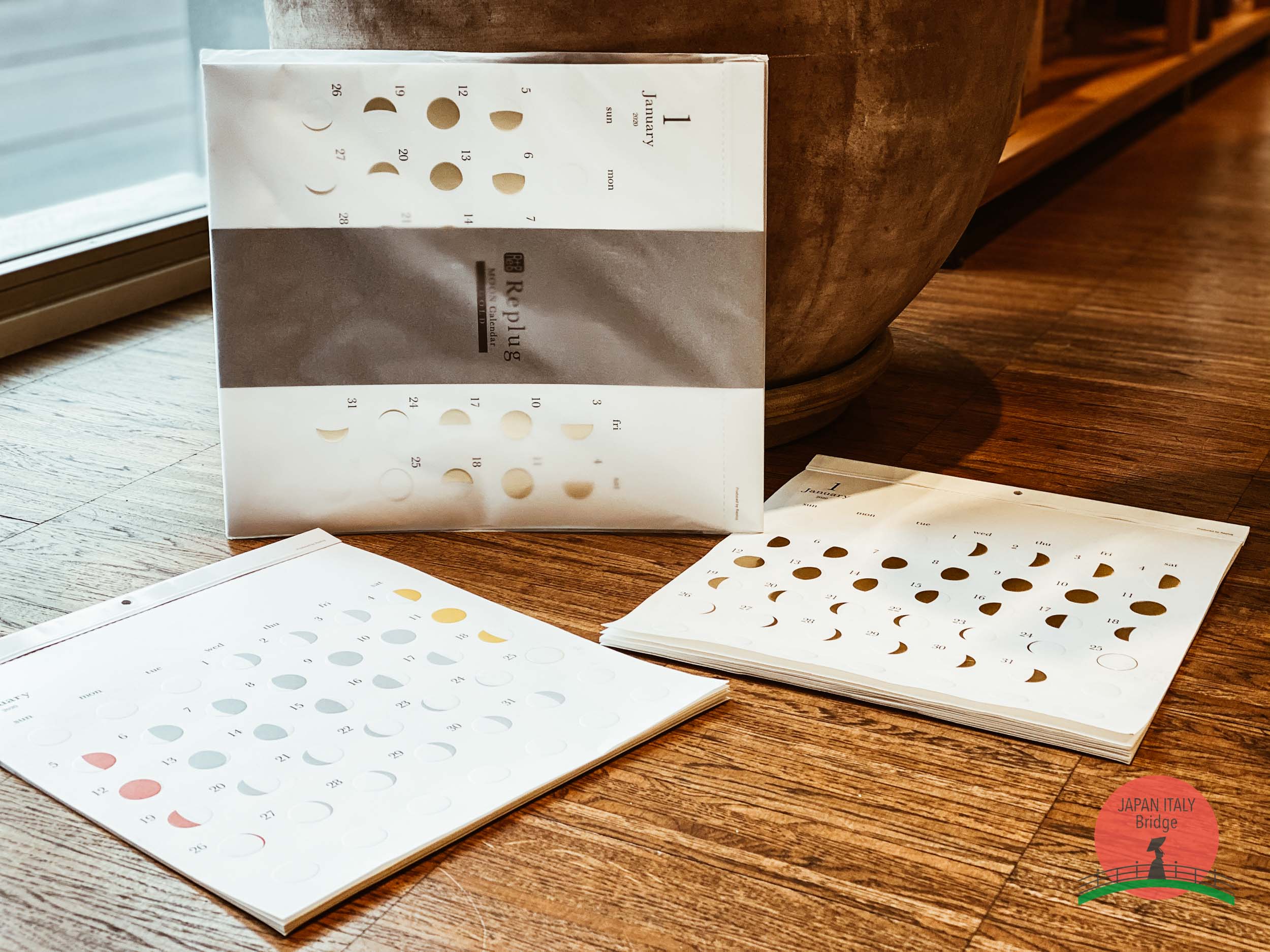
Replug ci parla di pianificazione pubblicitaria e creazione progetti, con prodotti unici di cancelleria. Avete mai pensato a quanto la cancelleria potesse essere un modo di sviluppare e mostrare la vostra creatività? Biglietti da visita, note adesive, calendari da parete tutto ciò di cui i creatori vanno orgogliosi. Magari tutto ciò che abbiamo sempre cercato e che non abbiamo mai trovato. Infatti spesso troviamo oggetti di utilizzo quotidiano che non hanno tutta questa particolarità. Tuttavia troviamo proprio questa particolarità, personalizzazione e praticità questi prodotti Replug. Stiamo parlando di design semplici che riusciranno a dare un tocco di unicità e comfort agli utilizzatori, anche perchè sono prodotti completamente assemblabili tra di loro! Siete pronti a conoscerli tutti in modo anche da poter studiare tutte le possibili combinazioni?
Diamo uno sguardo a questi prodotti passandoli in rassegna uno per uno:
Replug Moon Calendar 2019 Replug Moon Calendar Gold 2019

Non è solamente un calendario, ma qualcosa che probabilmente cercavamo da tempo. Amate la luna? Conoscete qualcuno che ama la luna? Questo è l’oggetto ideale da regalare o da tenere per sé. infatti, questo calendario da muro non mostra solamente i giorni, ma anche le fasi della luna e noi sappiamo quanto importante sia la luna, vero?
La sagoma della luna con le sue fasi, è rappresentata tutti i giorni, da gennaio fino a dicembre. Conoscete in anticipo (e con eleganza) cosa vi aspetta quest’anno.
Replug Triangular 2020

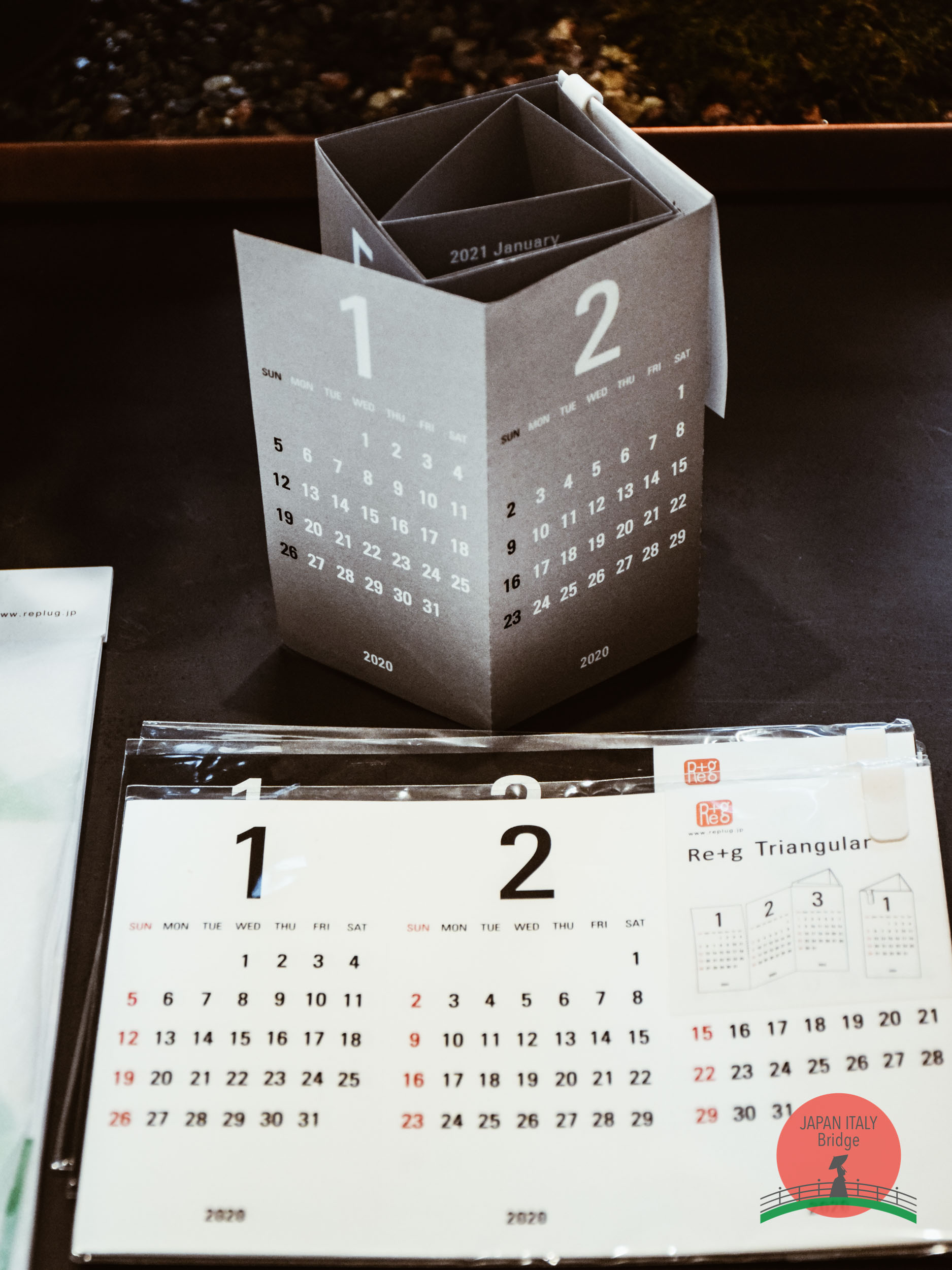
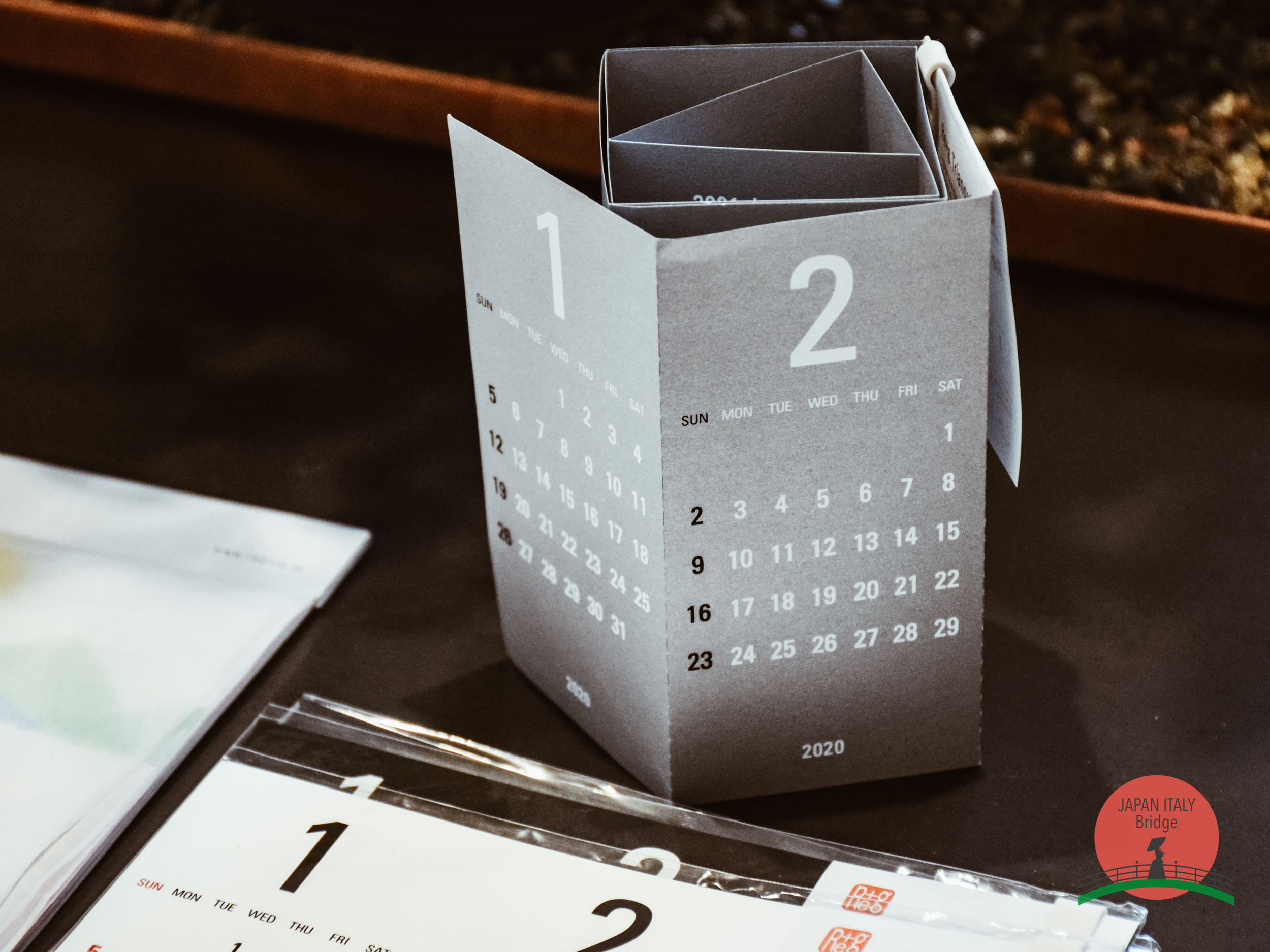
E come calendario da tavolo? Ovviamente Replug non vi propone il classico prodotto, ma qualcosa di assolutamente unico, ma visto prima! Un calendario che si piega a triangolo in modo che possiate vedere tre mesi alla volta. Una delle tante cose belle ed interessanti di questo calendario, è che si può non solo lasciare sulla scrivania, ma anche portare in borsa, in modo da averlo sempre a portata di mano. Da gennaio 2020 a febbraio 2021, vivete l’unicità con questo calendario, sia in ufficio che in giro.
3’s Calendar 2020
Una delle cose belle di Replug, è che vi dà la possibilità di scegliere tra tante variazioni di uno stesso prodotto. Ora parliamo di un altro calendario da tavolo. il Nuovo standard per il calendario di tre mesi. Con questo calendario, dal design elegante ed unico, potrete avere sotto controllo tre mesi alla volta e il contrasto tra bianco e nero aggiunge una presenza forte e spigolosa.
Tag Schedule
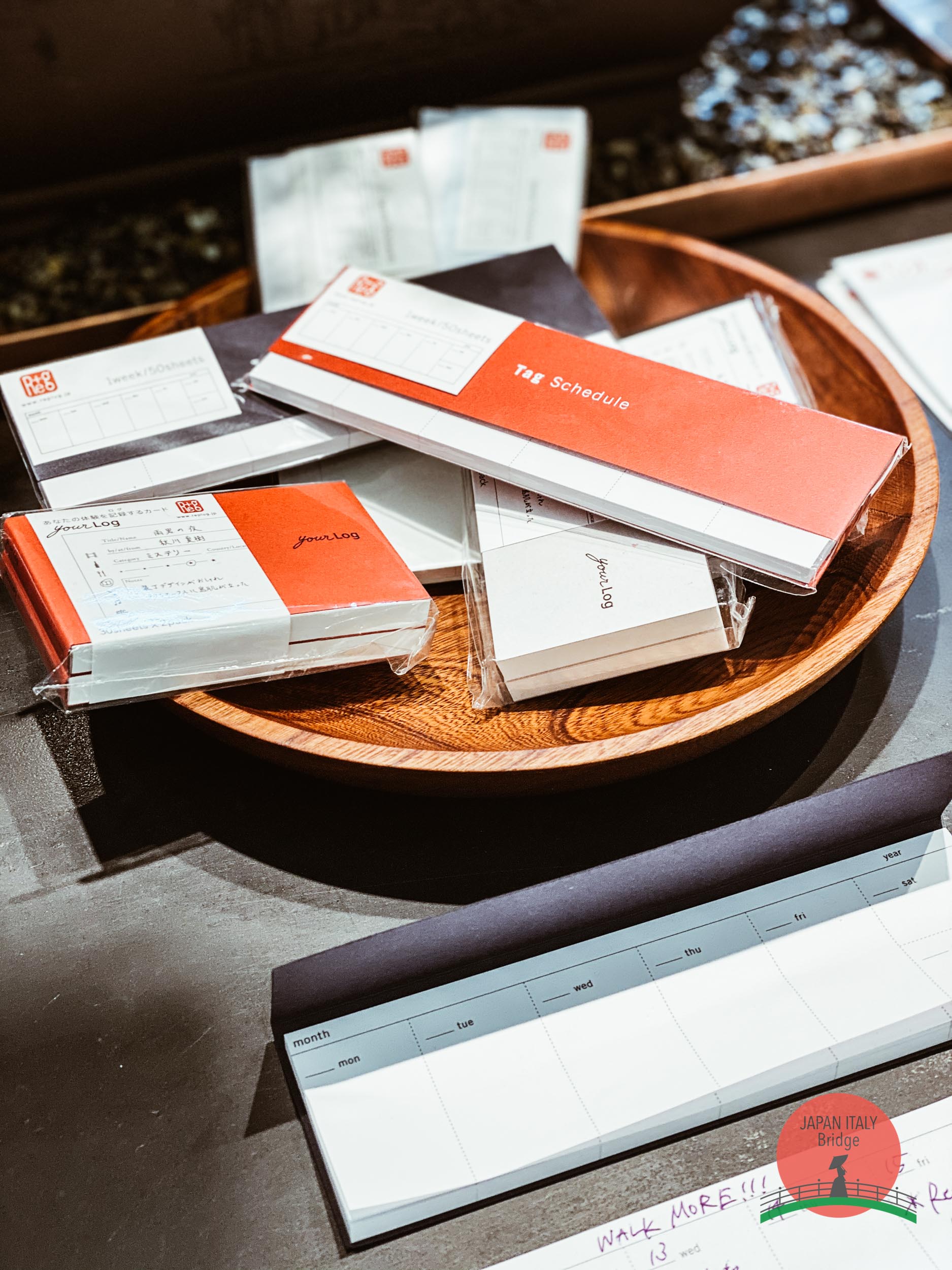
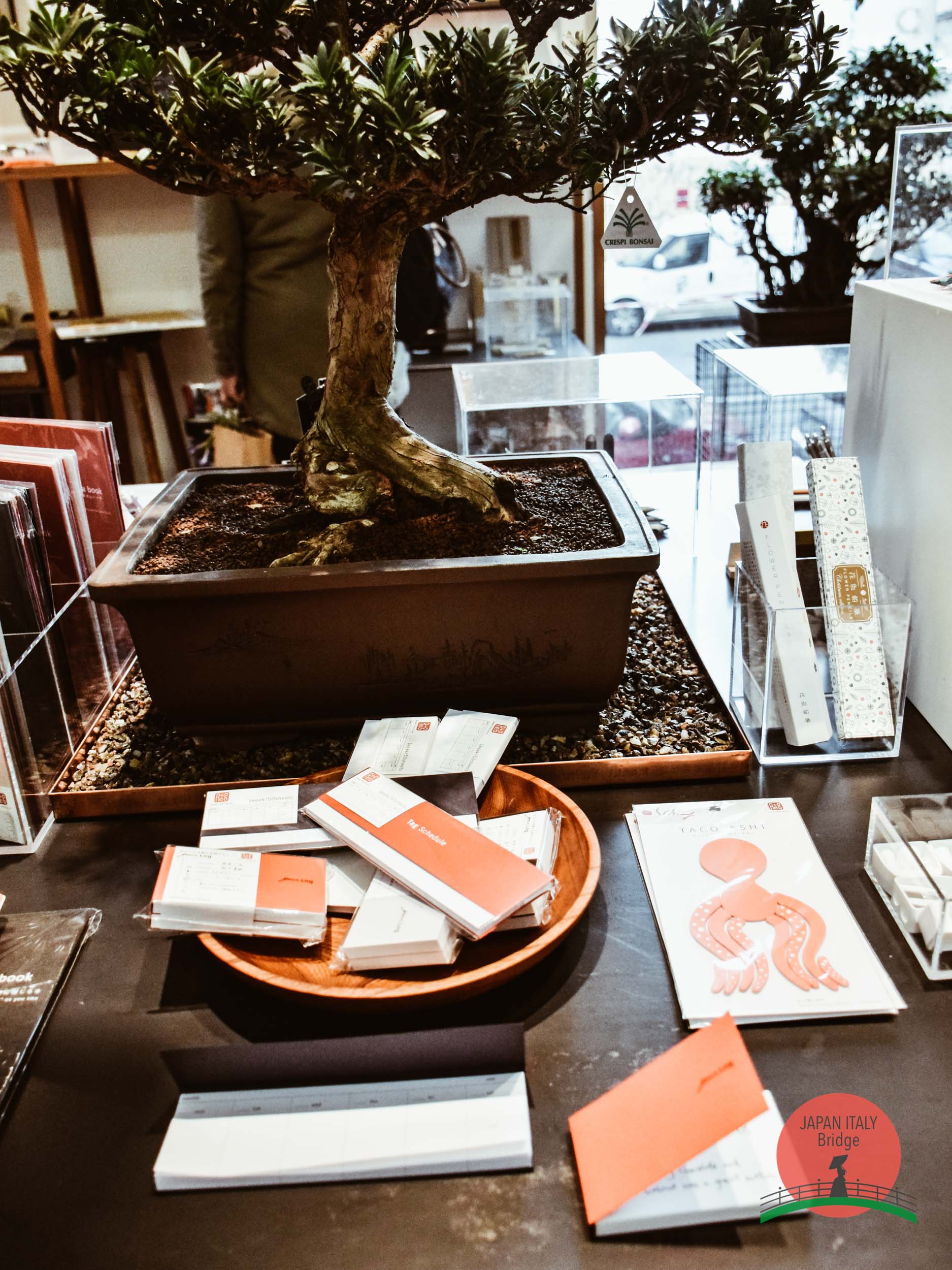
Ecco una cosa davvero utile ed interessante. I vostri appunti saranno pronti da attaccare ovunque volete! Non so voi, ma a me capita spesso di non trovare un foglio da attaccare per programmare un incontro o un impegno, ecco con Tag Schedule di Replug c’è la possibilità di avere tutto in un comodo gesto! Programmare e attaccare l’impegno che abbiamo in modo che possa essere visibile! Sul notebook, al monitor del PC, sulla scrivania o al frigorifero. Come sempre, possiamo contare non solo su un design unico, ma anche su un potente adesivo che terrà saldo il vostro impegno fino a che voi vorrete! I colori sono vari e secondo la vostra scelta! Cosa preferite tra blu scuro, rosso, marrone, azzurro e grigio chiaro?
Sara’s book
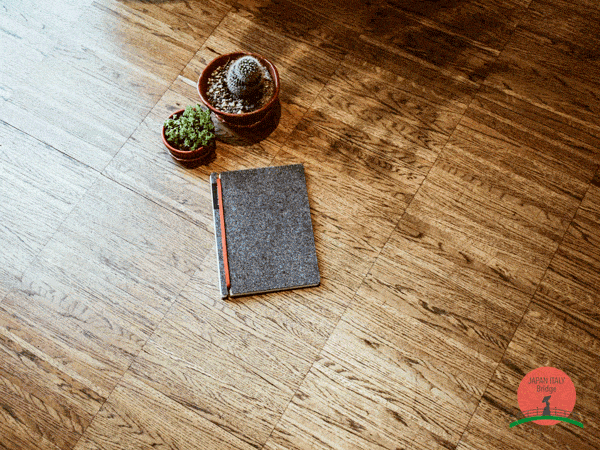
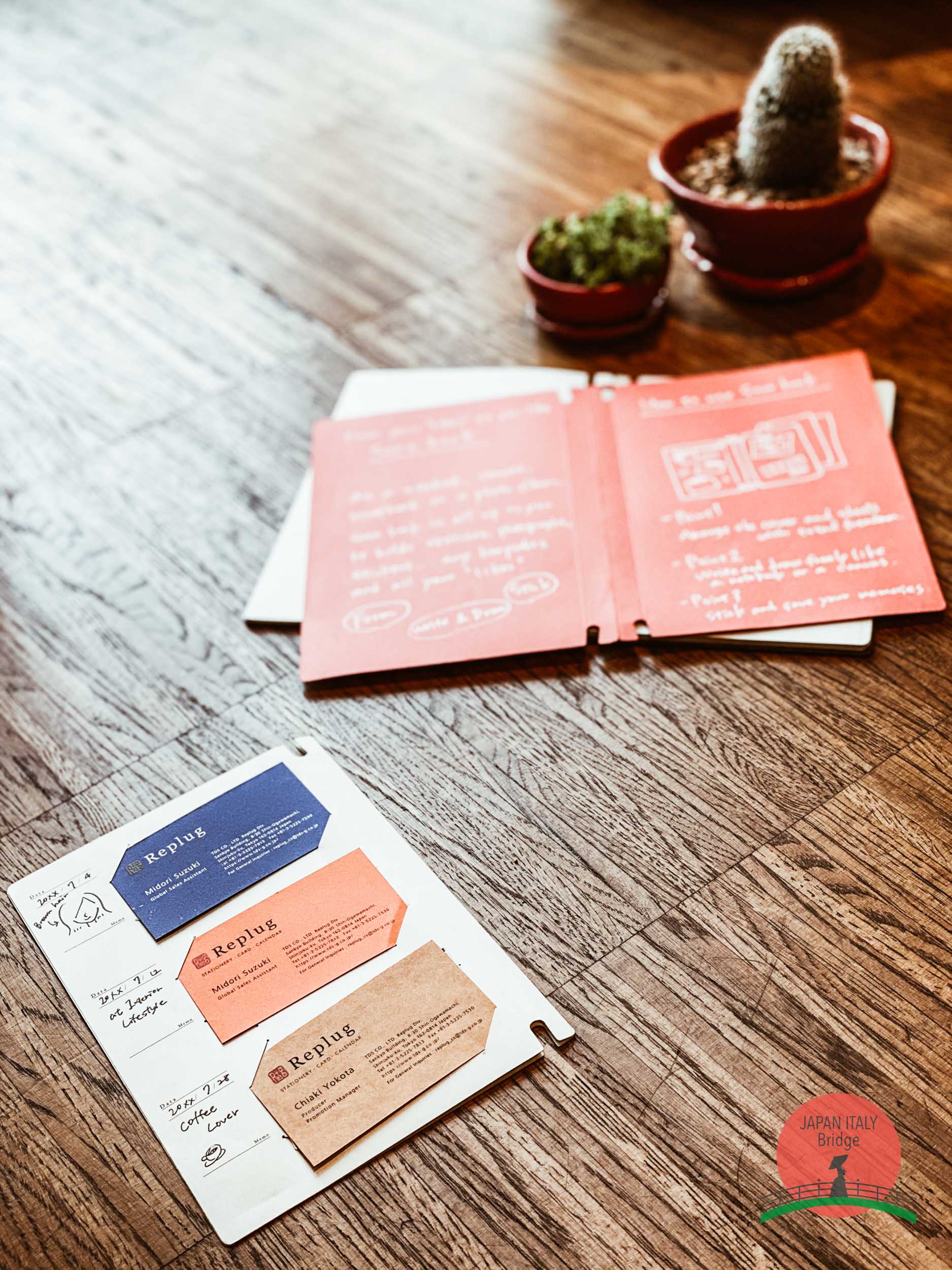
Anche se c’è scritto che è il libro di Sara, questo è un Notebook da usare liberamente come preferite. E’ comodo, perchè delle stesse dimensioni di un porta biglietti da visita e particolare per il suo design accattivante. Si può creare un nuovo quaderno personalizzandolo nel modo che più si preferisce. Cominciate a crearne uno anche voi, con il vostro Sara’s book! I colori sono tanti, rosso, bianco, grigio, nero e le loro combinazioni!
Log Book
Un’agenda in cui si possono inserire i biglietti da visita! L’avete mai vista? Forse no, perchè REPLUG ha lanciato questa interessantissima idea regalo e personale per un business incredibilmente particolare ed elegante! Siete pronti anche voi ad essere unici nei vostri meeting lavorativi? Con Log Book regalerete ai vostri cari o, perchè no, a voi stessi un design unico e professionale. Perchè, in fondo in fondo, tutti noi siamo dei businessmen.
Your Log
Cos’è Your Log? Un libretto di memo card con la dimensione adatta per essere portato ovunque! Non dimenticherete più nemmeno un appuntamento con Your Log di Replug, vi ricorderete tutto in modo non solo efficace ma molto elegante e non passerete inosservati. Create "il vostro album" con tutto ciò che vi piace!
Taco-ASHI
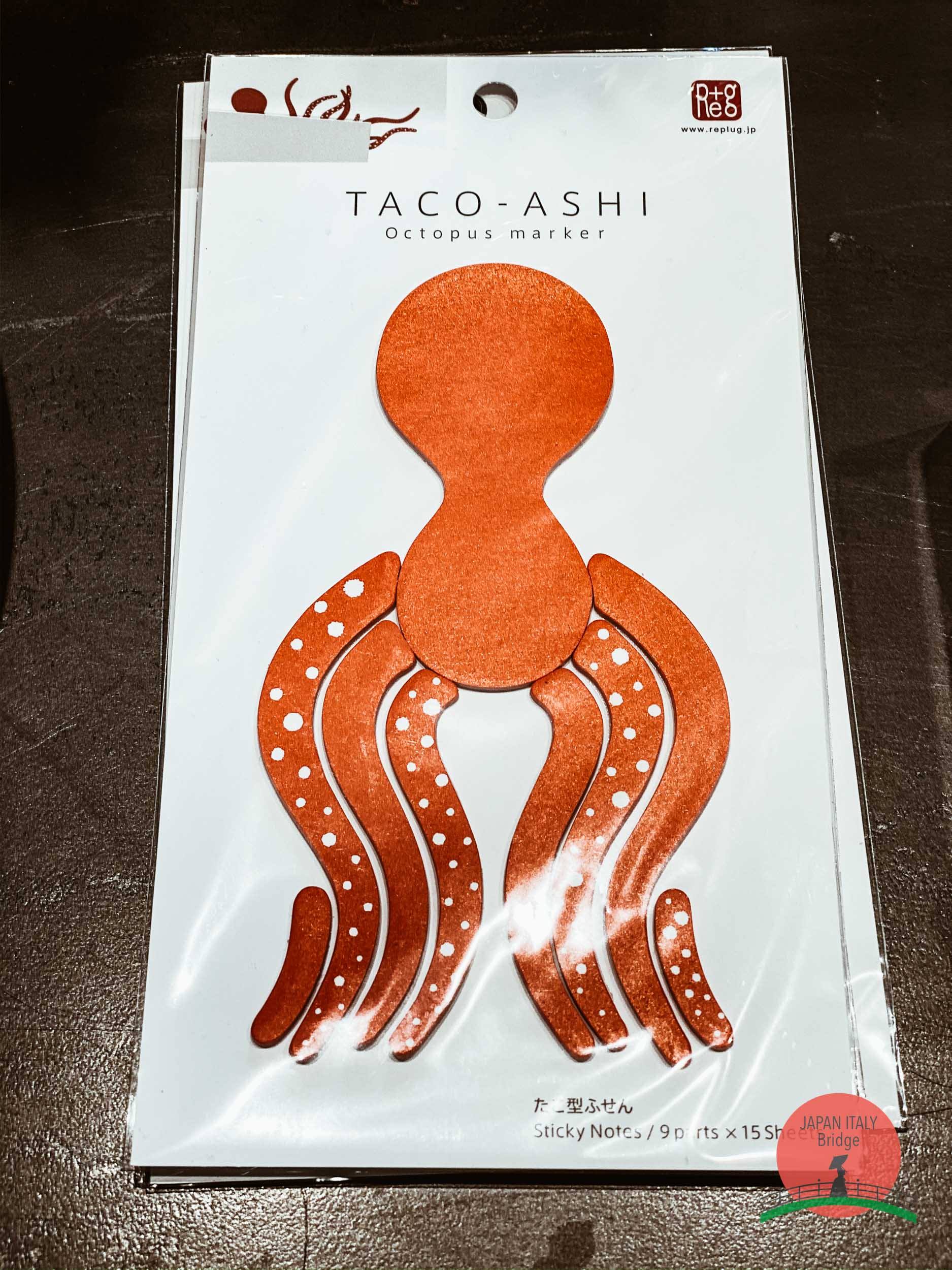
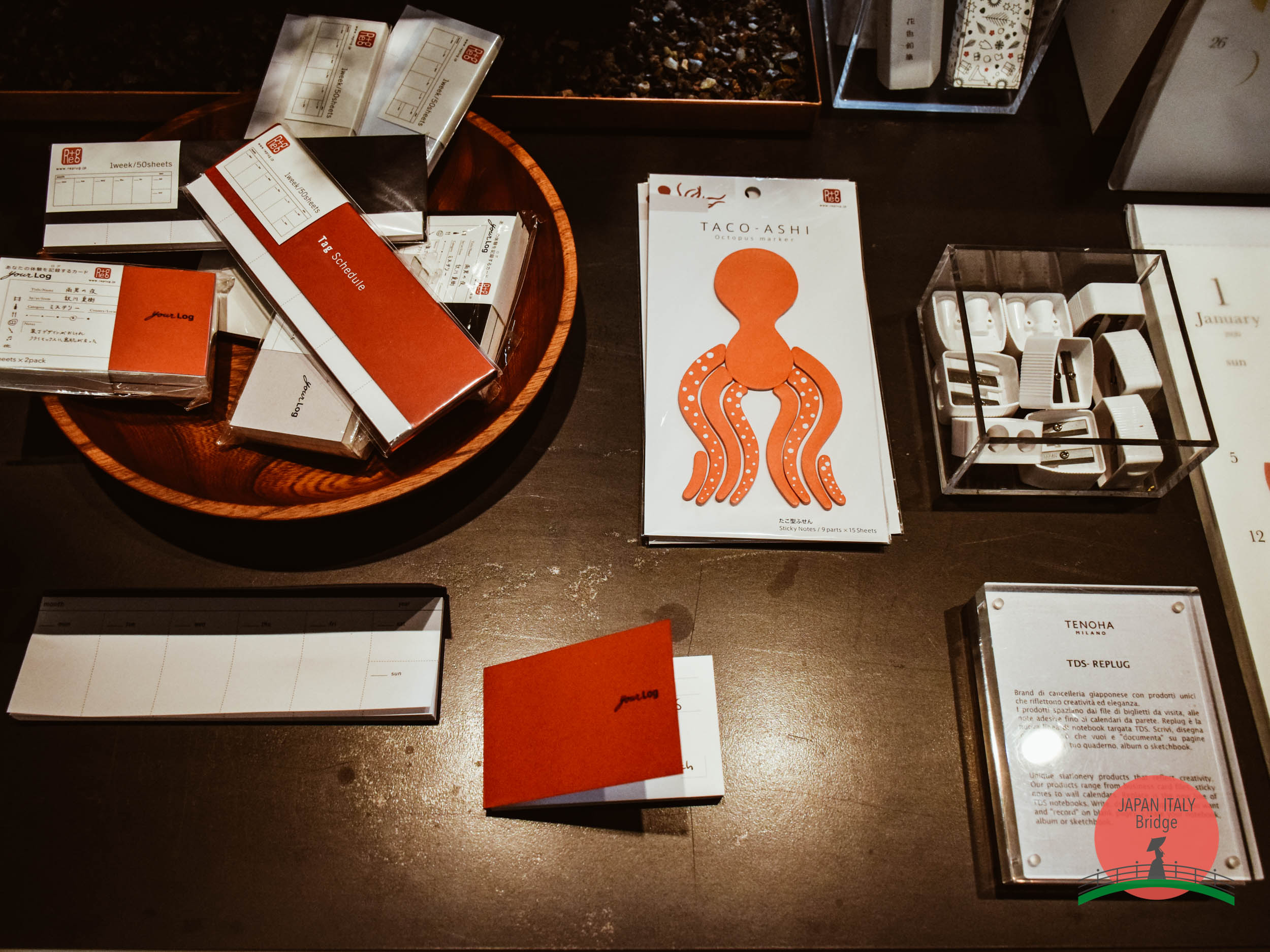
E se vogliamo unire l’utile al dilettevole? Se vogliamo divertirci pur essendo efficaci nel lavoro e nella vita? Replug ci propone Taco-ASHI! Un esclusivo blocco note adesive a forma di polpo, è in uso dall'ufficio alla scena privata. Il regalo perfetto per chi vuole essere e sentirsi pratico, divertente e molto giapponese!
Washi-Dog
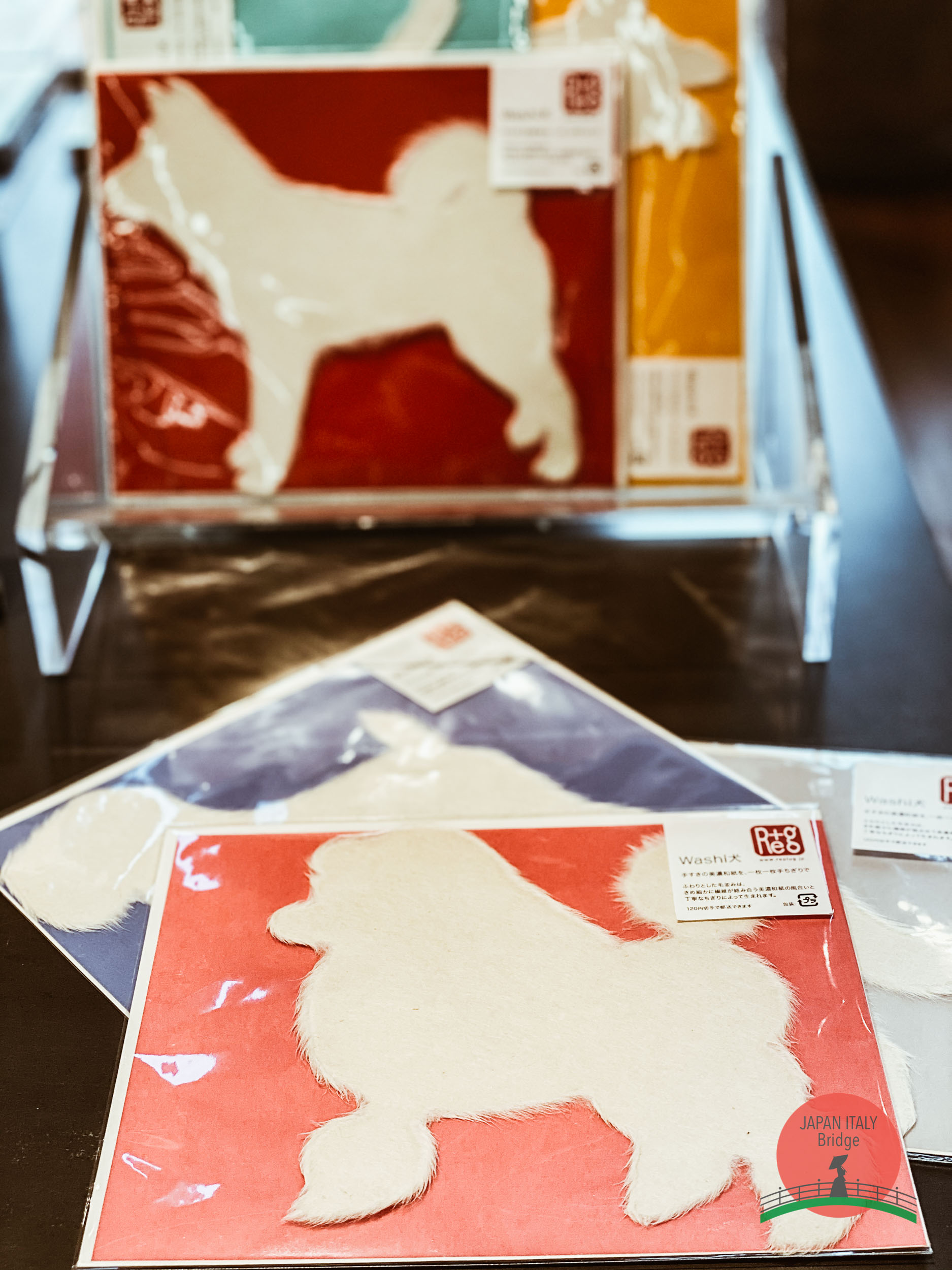
Eccoci con un’altra simpatica novità! Il Washi-Dog! Replug vi propone un biglietto d'auguri "peloso" con fibre Mino washi. Sicuramente non avete mai visto biglietti d’auguri così originali! Questo prodotto utilizza Mino Washi, una delle carte tradizionali giapponesi che dà una sensazione di superficie liscia. Il Washi-Dog è realizzato da artigiani giapponesi pazientemente uno per uno e si può usare sia come biglietto da visita che come ornamento. Davvero troppo bello!
Atelier mio
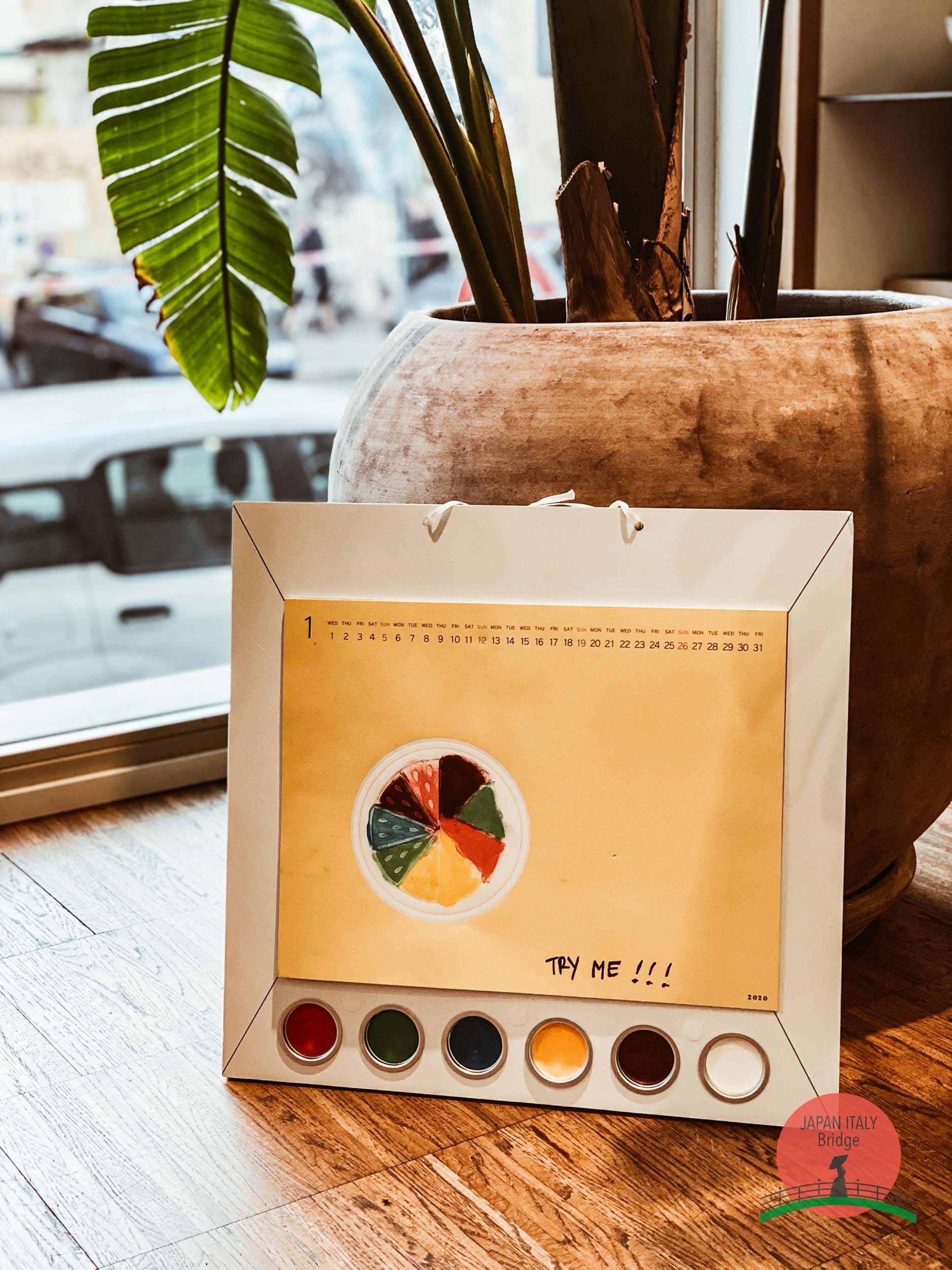
Questo è un prodotto innovativo interessante per i bambini e non solo! E’ un calendario con fogli per disegnare, dal metodo pedagogico “Reggio Emilia”. Si trova in un angolo del negozio TENOHA &| SHOP per farne capire l’utilizzo, quindi potete provarlo! I bambini possono iniziare a disegnare grazie alle sagome e sarà molto interessante vedere i colori che scelgono e come colorano con le dita! Un’esperienza che sicuramente arricchirà anche noi adulti. Non ci sono molte occasioni che ci permettono di vivere tutto questo, quindi cosa aspettate? Venite a conoscere questo prodotto di Replug, che è non solo bello e particolare da esporre, ma anche una novità ed un insegnamento per tutti noi, grandi e piccini.
I colori KITPAS sono sicuri per i bambini e facili da rimuovere dalle dita con un panno o un fazzoletto bagnato.
Tutti i prodotti Replug di cui abbiamo appena parlato, sono disponibili a TENOHA & | SHOP! Venite a toccare con mano l’innovazione ed il divertimento!
JAPAN DENIM arriva da TENOHA Milano
JAPAN DENIM, una collezione unica e senza precedenti da TENOHA MILANO! Un brand interamente dedicato al denim assolutamente introvabile.
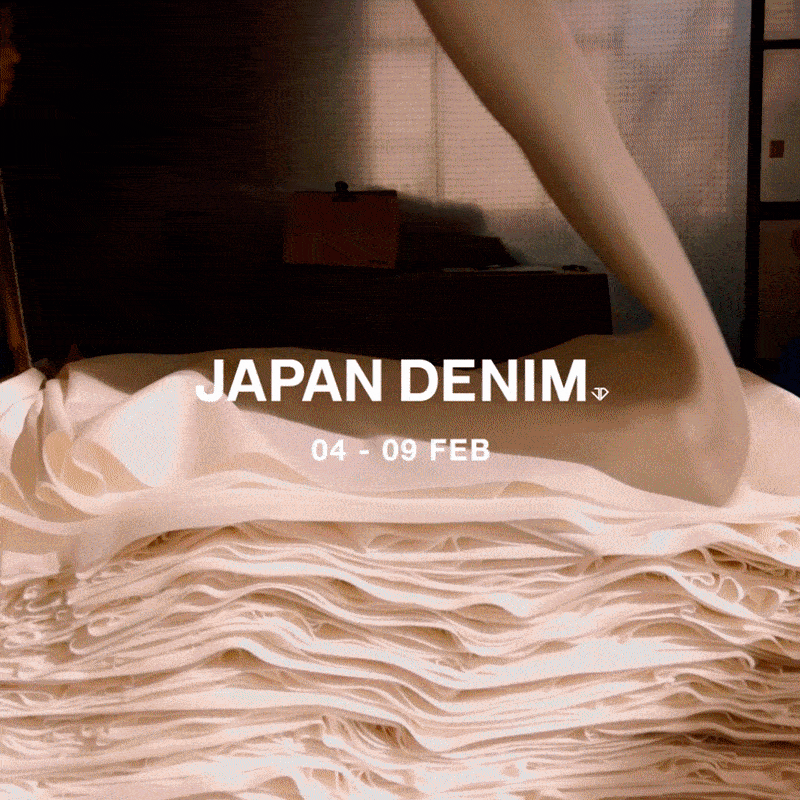
Questo brand ha una qualità straordinaria, sia per il livello di cucitura, che per le capacità tecnologiche e passionali dei designer attivi sia in Giappone che all'estero. E non solo! E’ una qualità scelta anche da grandi marchi esteri per qualsiasi tipo di prodotto in denim.
Il denim giapponese viene richiesto da tutto il mondo per la sua grande qualità. La produzione avviene per l’80% nell'area di Bichu Bingo intorno alla città di Fukuyama (Hiroshima) e la città di Ibara (Okayama). “JAPAN DENIM” è un vero progetto mondiale!
La missione di JAPAN DENIM
Aumentare a dismisura la qualità, la competenza tecnica del denim soprattutto internazionalmente! Ogni prodotto ha un'etichetta che identifica il produttore e le aziende coinvolte. In questo modo, le aziende legate al denim, avranno più possibilità di incontrare altri designer per ottenere nuove attività commerciali.
Cosa ne dite di partecipare al launch party di JAPAN DENIM a TENOHA Milano? Un’occasione unica per divertirsi e vedere la nascita di qualcosa di davvero nuovo. Il POP UP STORE sarà disponibile dal 4 al 9 di febbraio! Non perdete questa occasione!!
Launch Party & Pop-Up Store
Quando: 4 Febbraio dalle 18:00 alle 20:00
DJ SET Andrea Ratti
ENTRATA LIBERA
Dove: TENOHA MILANO — Via Vigevano, 18, 20144 Milano
Website: japandenim.jp
Per ulteriori informazioni: https://www.tenoha.it/shop/japan-denim/
Takeda Design Project, il design nel tuo quotidiano
Il Takeda Design Project è una totale innovazione della società Takeda nel mondo dei metalli e di come possono essere utilizzati nel quotidiano, direttamente dalla prefettura di Niigata.
I designer che sono impegnati in questo progetto, vogliono utilizzare la qualità dei metalli trasformandoli in oggetti con forme raffinate.
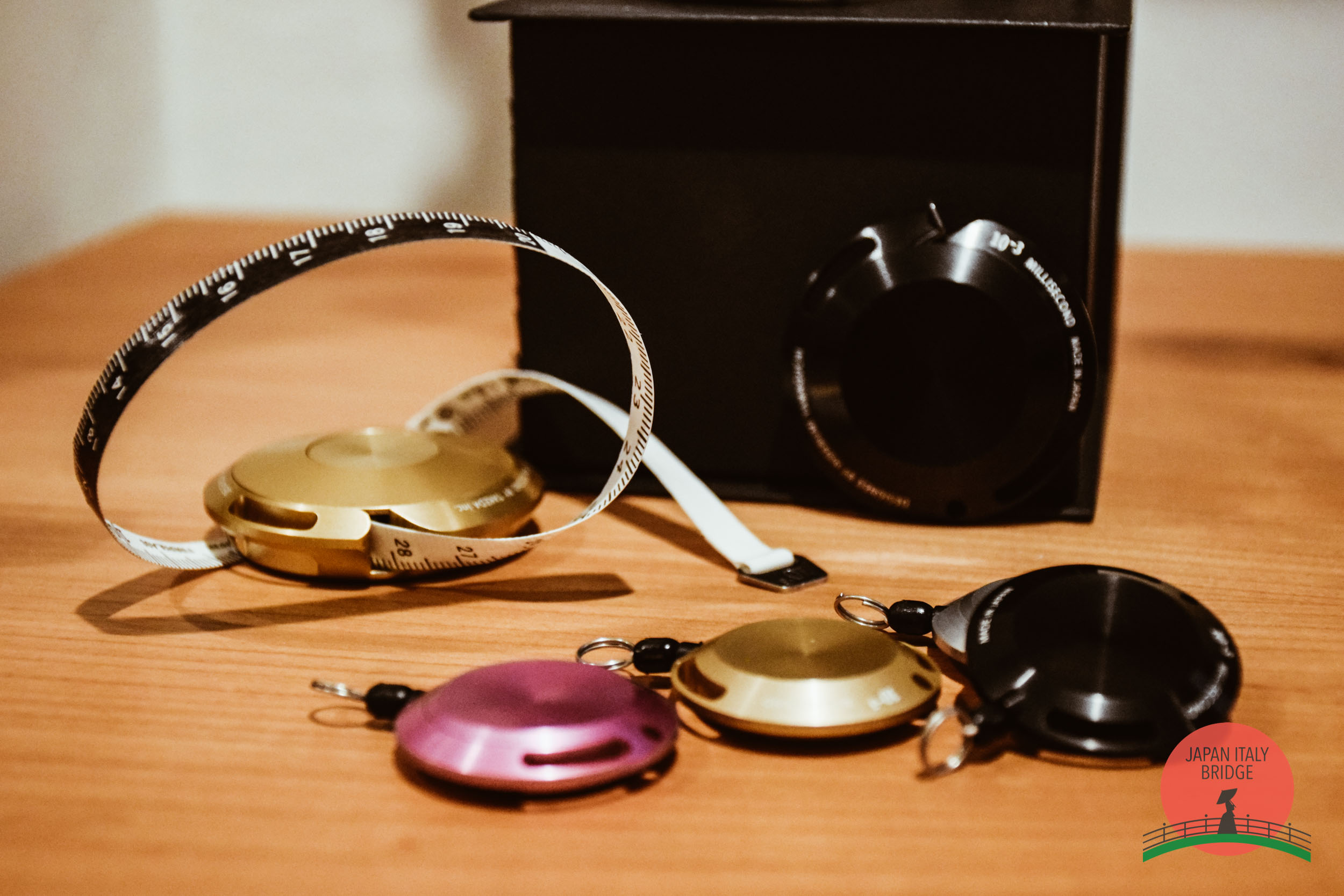
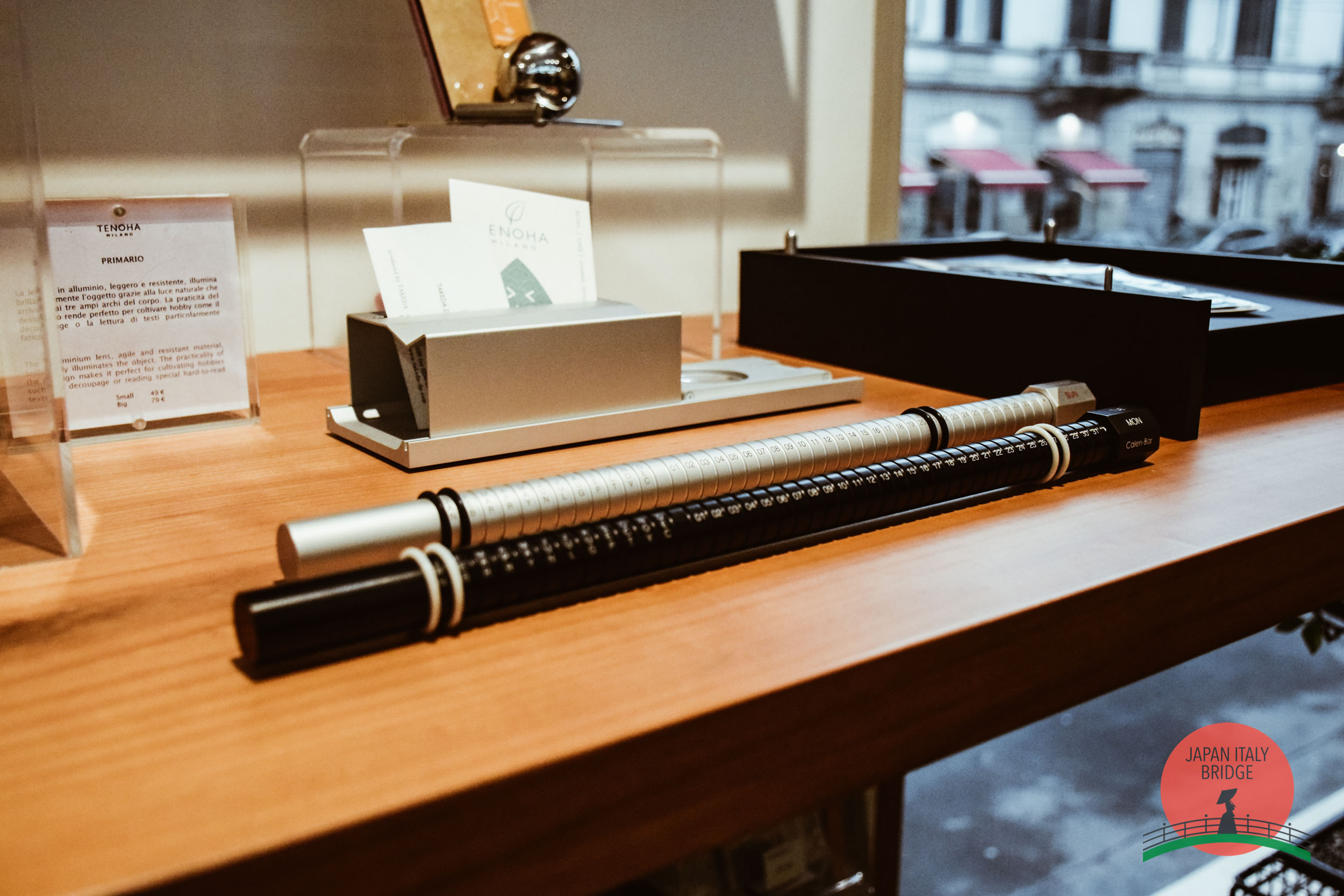
Tecnologia, progresso, comodità e velocità nell’utilizzo, queste sono le mete che Takeda Design Project vuole perseguire. Grazie alla conoscenza dei vari designer e la loro esperienza nella lavorazione dei metalli, il prodotto finale ha un appeal sicuramente innovativo e assolutamente unico. Spesso siamo alla ricerca di qualcosa che possa essere comodo ed anche bello da vedere e mostrare, vero? La risposta a tutto questo è proprio Takeda Design Project!
Anche i macchinari con cui questi prodotti vedono la luce sono i più recenti, veloci con un risparmio di manodopera ed un aumento dell’efficienza. Macchine di saldatura, taglio, le migliori in produzione che nascono da quello che i clienti vogliono grazie a delle attente indagini di mercato.
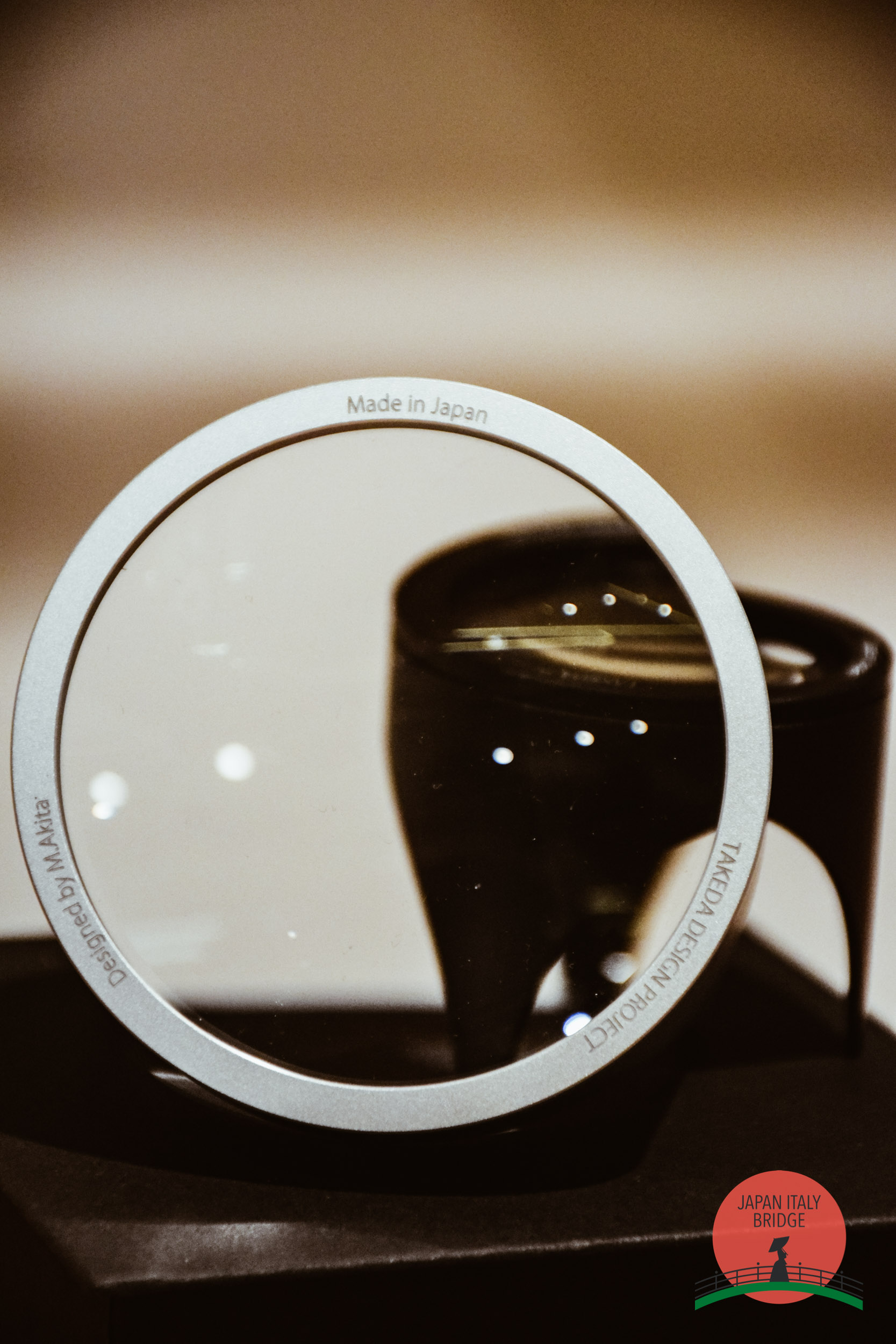
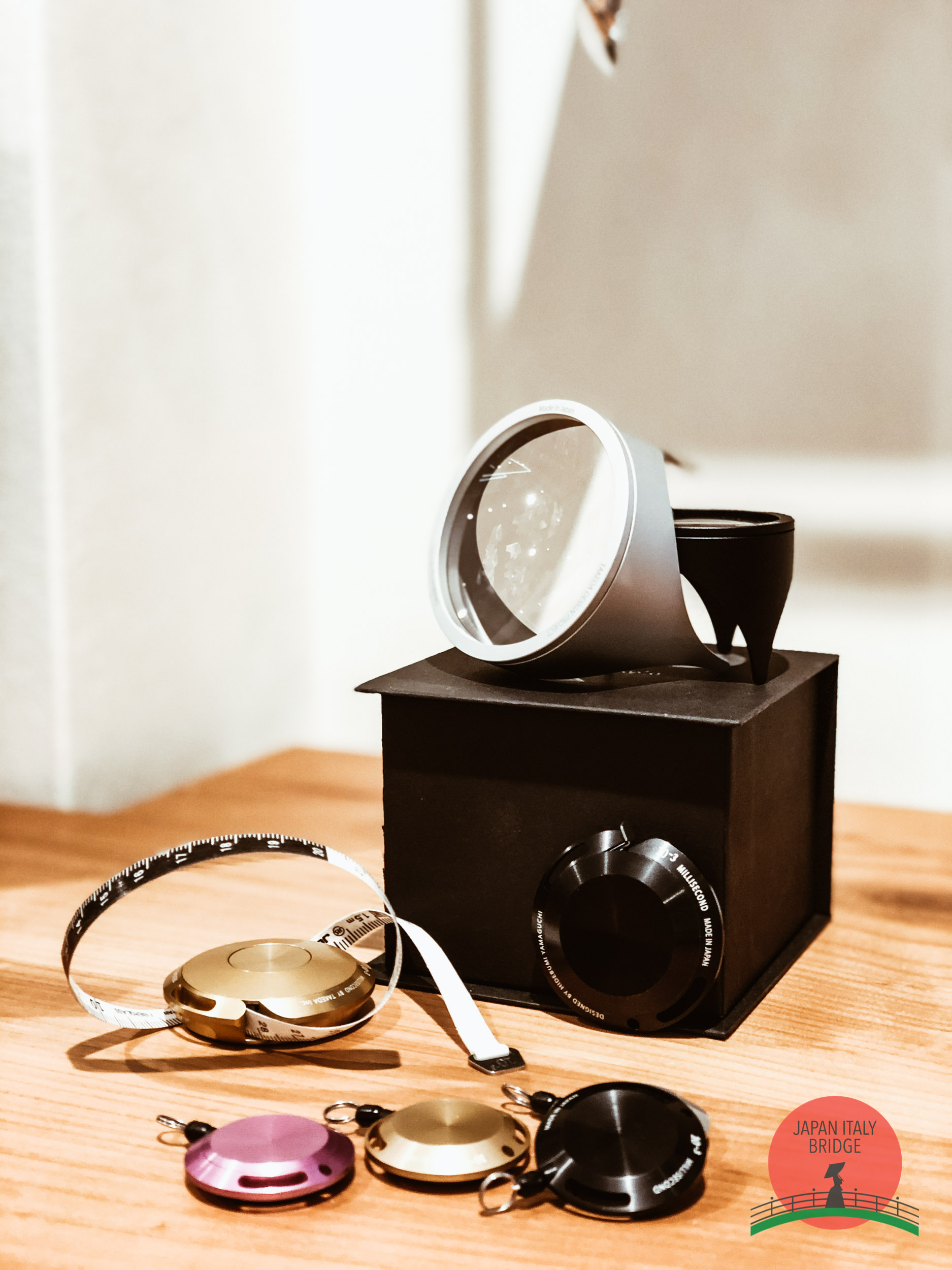
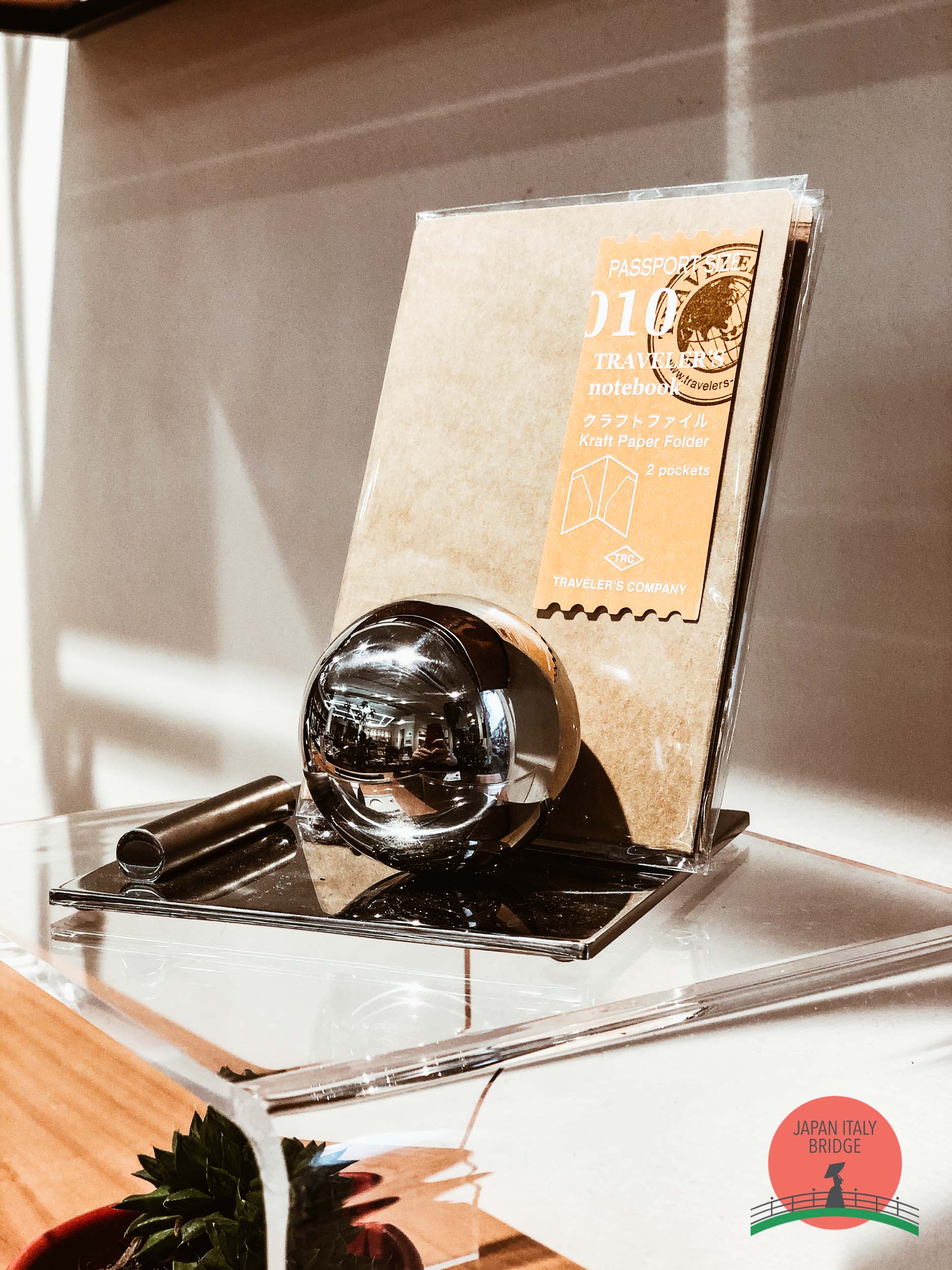
I prodotti Takeda Design Project
Andiamo a dare un occhio a questi prodotti e vi renderete conto della loro unicità.
PRIMARIO/ Loupe series
La lente in alluminio illumina l'oggetto grazie alla luce naturale che arriva dai tre ampi archi e ha il design perfetto per la lettura.
L’idea di PRIMARIO è ridurre i materiali al limite assoluto e nonostante questo sa essere in grado di soddisfare gli scopi prefissati. La sensazione è di robustezza, brillantezza, eleganza e praticità.
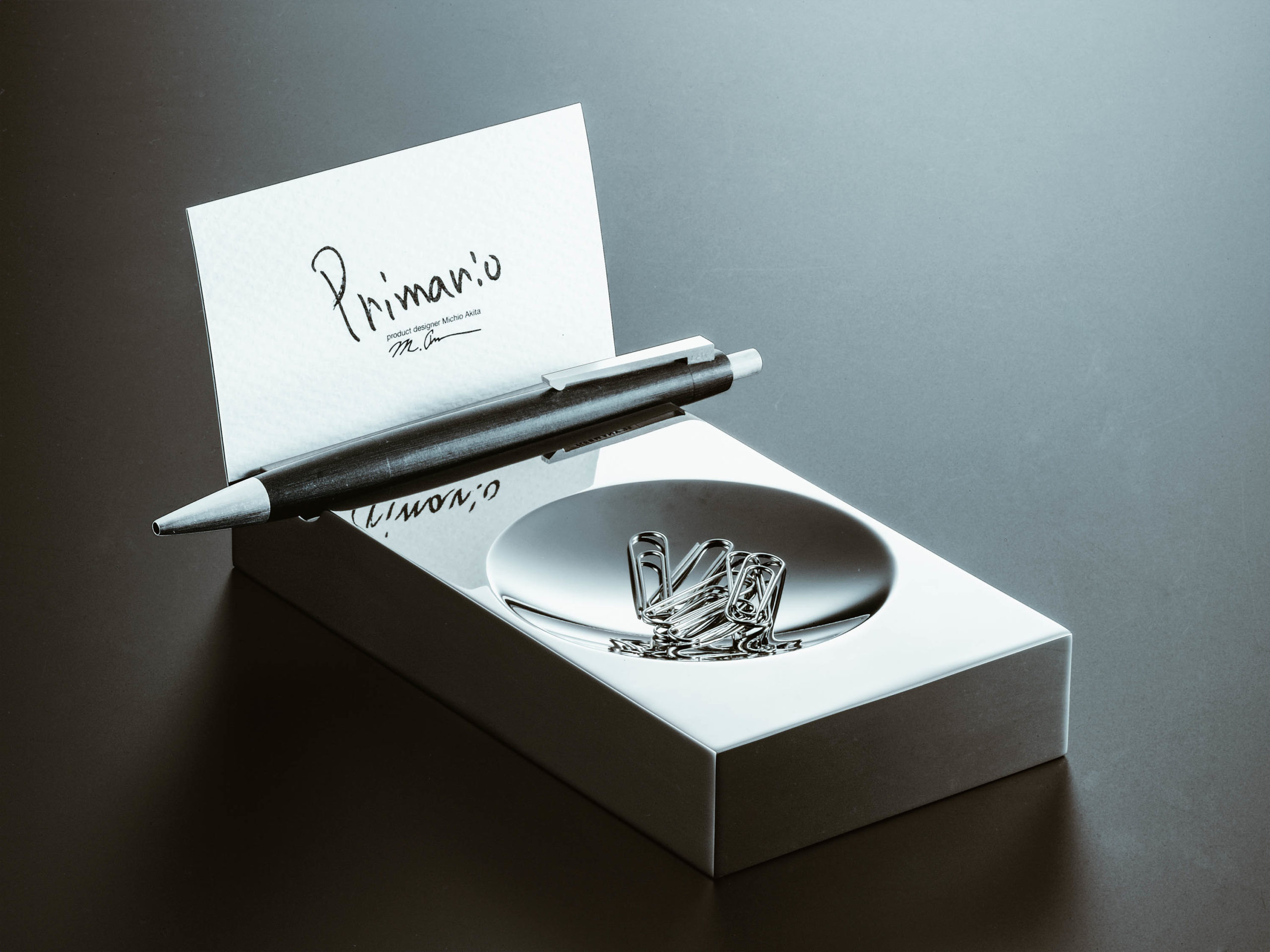
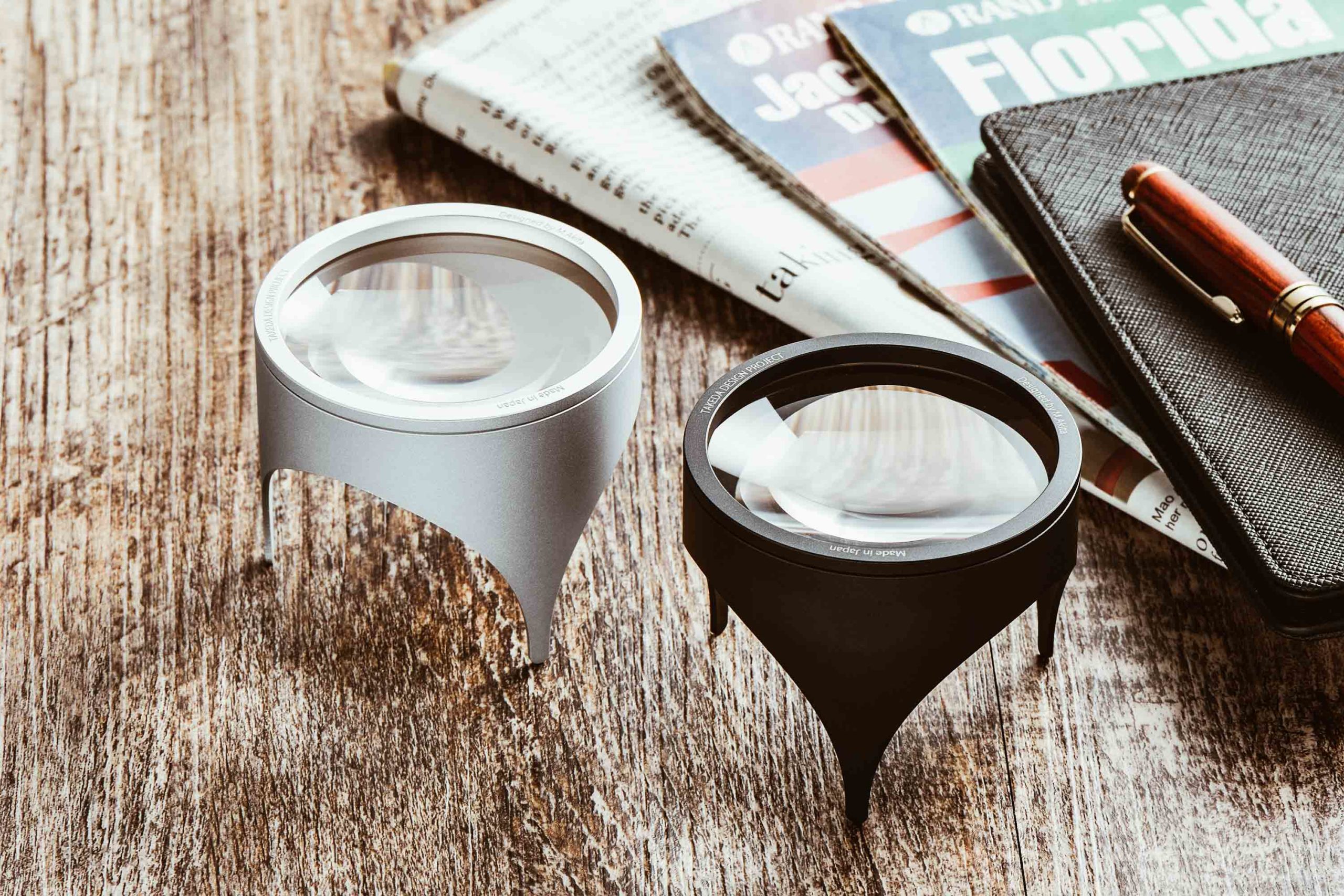
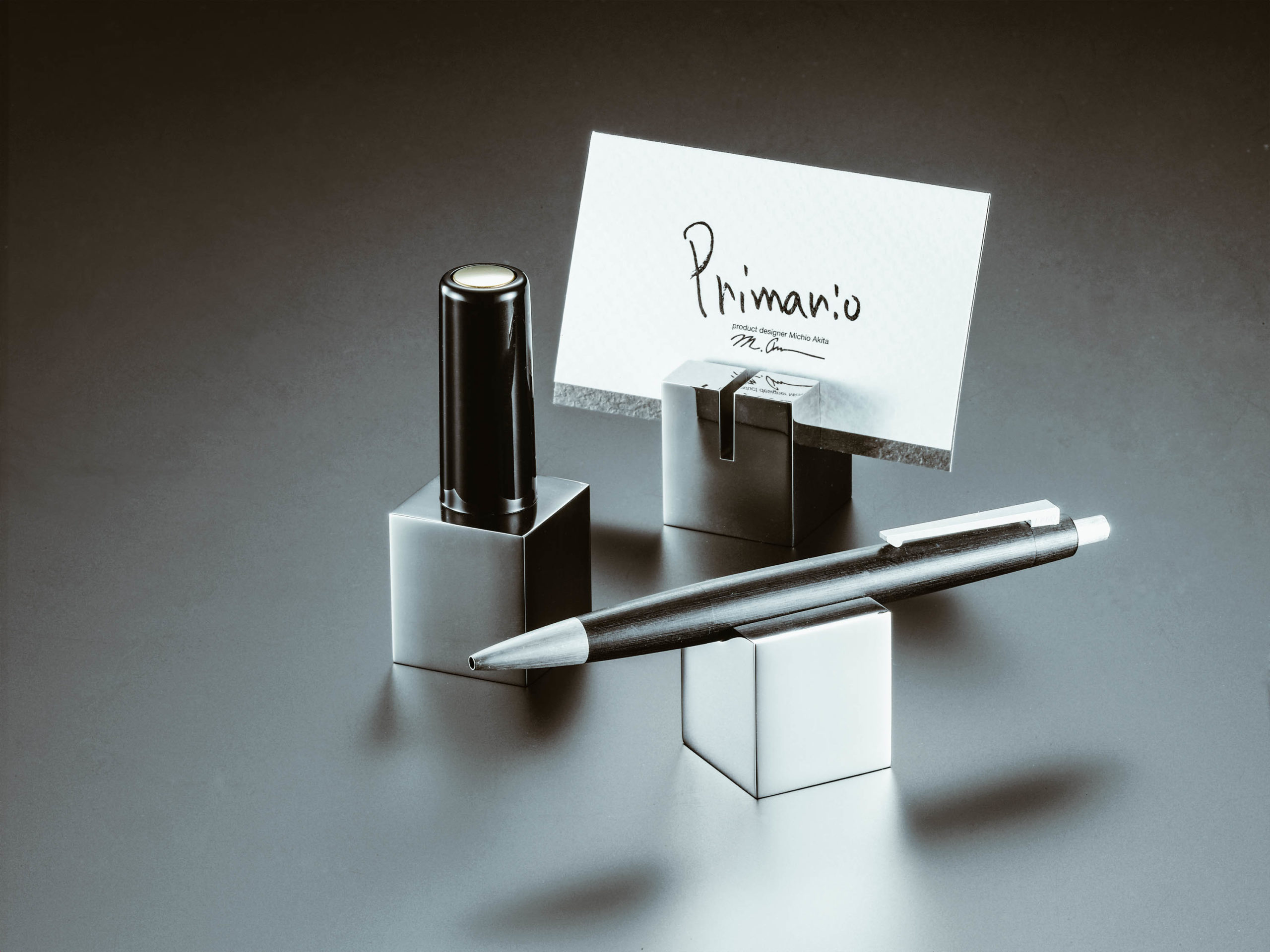
Tuttavia, questo non è solo un bellissimo oggetto di design da guardare, ma è anche il vincitore del premio German Design Award come excellent product design stationery.
TOPTION/CALEN-BAR
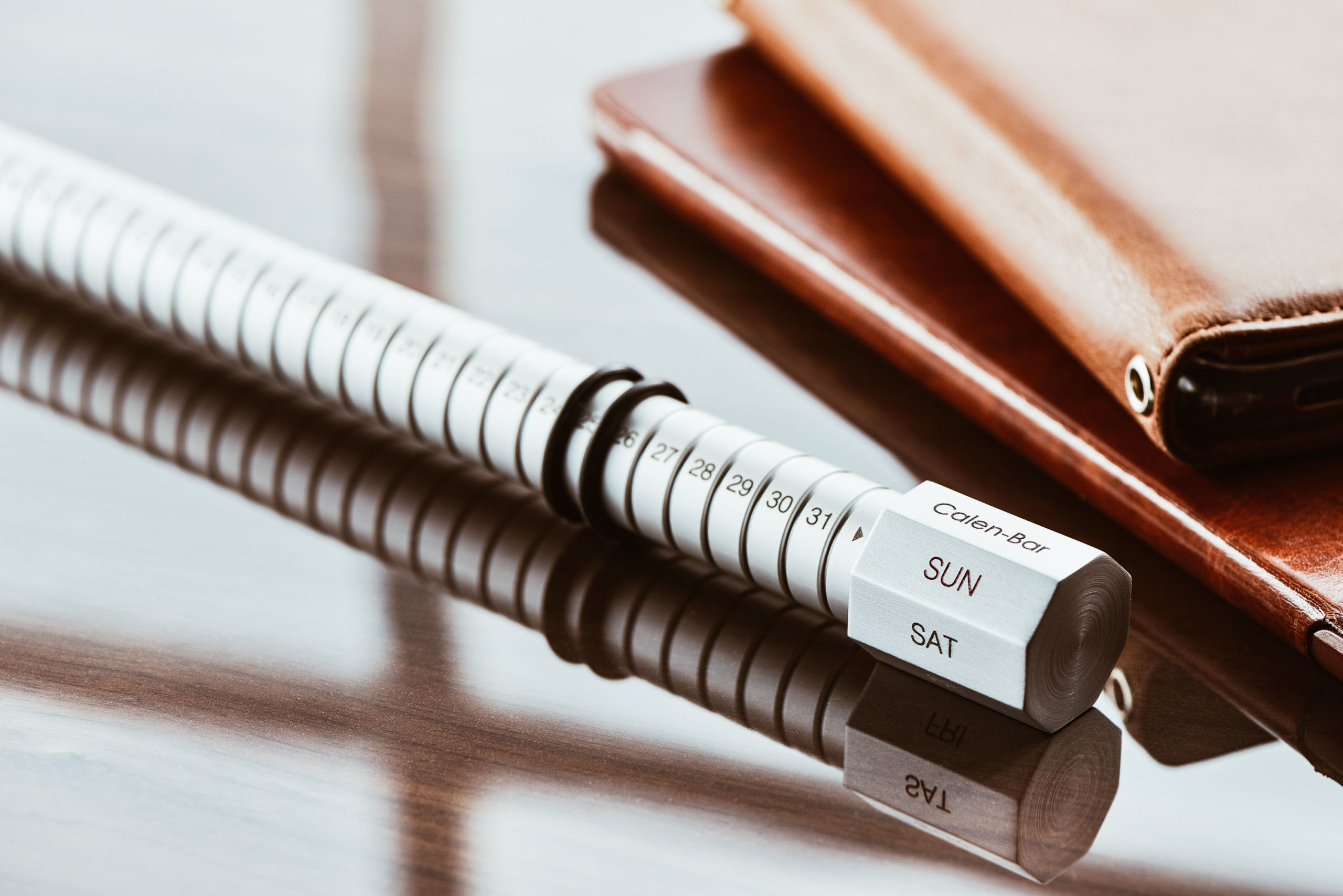

Un calendario speciale e originale. Avete mai pensato di regalarne uno? Ora finalmente potete trovarlo! Perchè il designer Yukimasa Hirota ha progettato questo prodotto basandosi sui temi dello "usa e getta" e "attaccamento". Molte volte il calendario diventa parte dell’arredamento e quindi dispiace molto buttarlo a fine anno. Per questo, il TOPTION/CALEN-BAR è riutilizzabile, quindi può rimanere per sempre parte dei nostri affetti!
ALIGN LINE: card stand & pen tray
Le linee rette nel design per delineare uno stato vitale. Si può essere organizzati con eleganza e bellezza? Certo, sono proprio questi i sentimenti e le emozioni contenuti nel design.
MiLLi SECOND
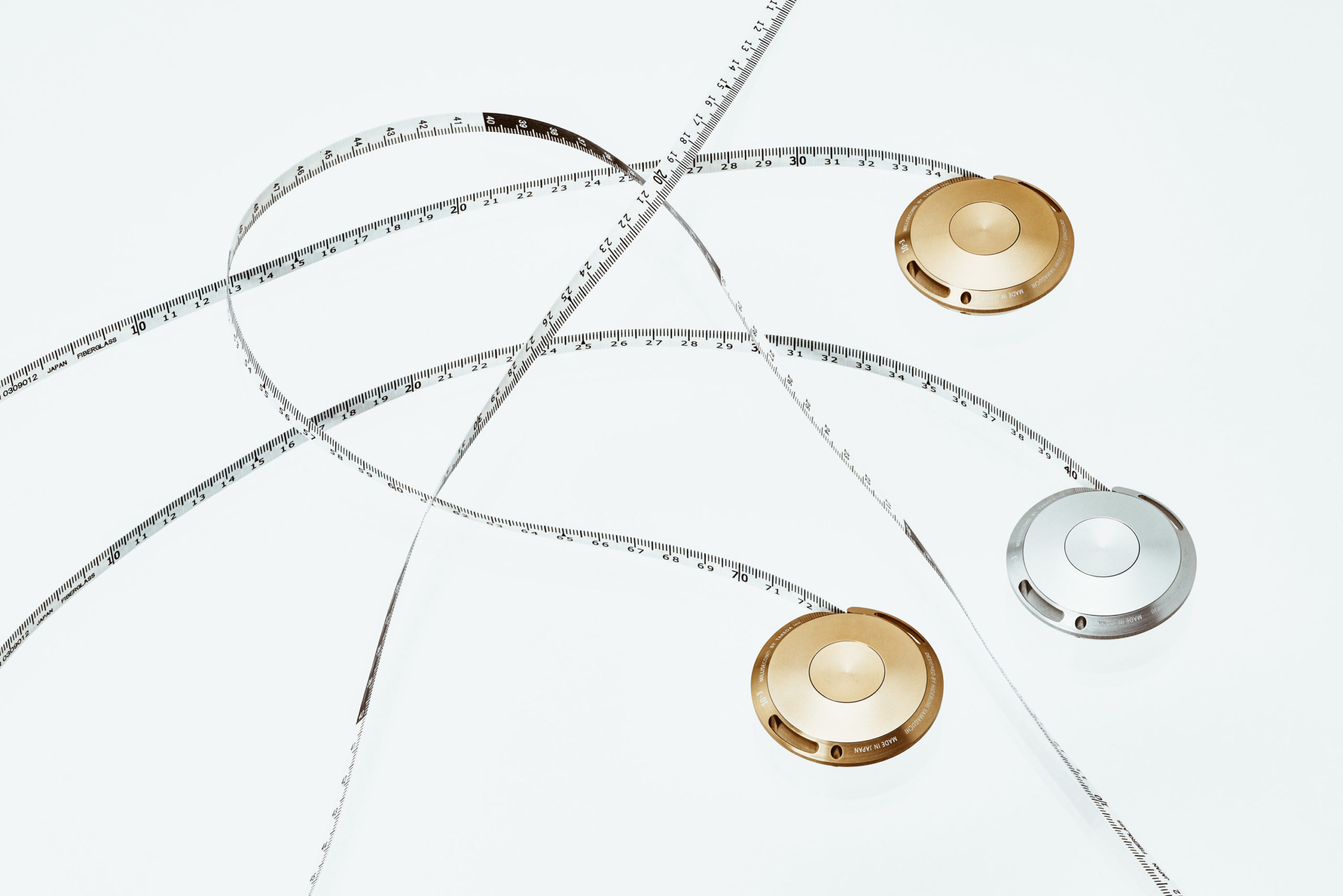
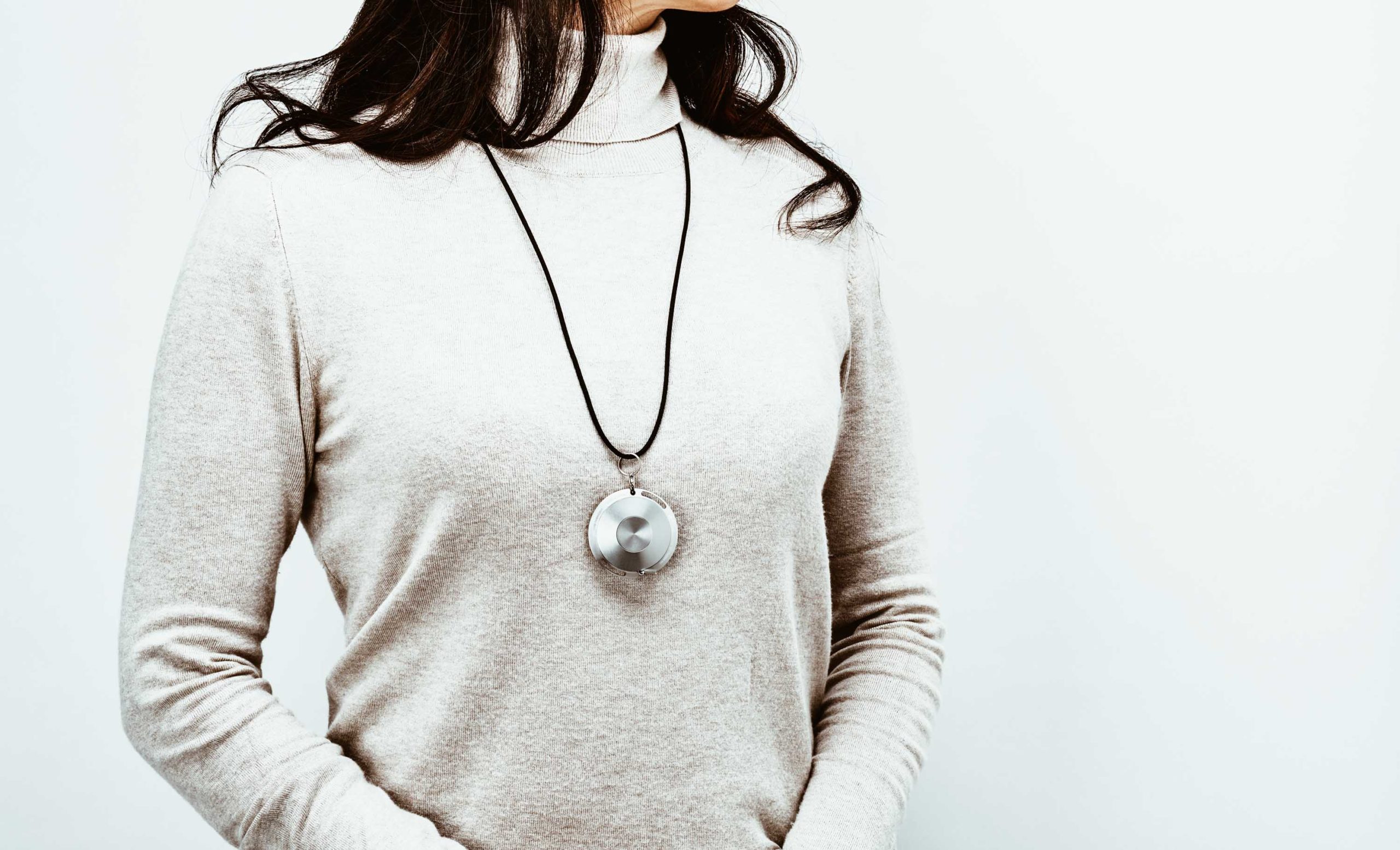

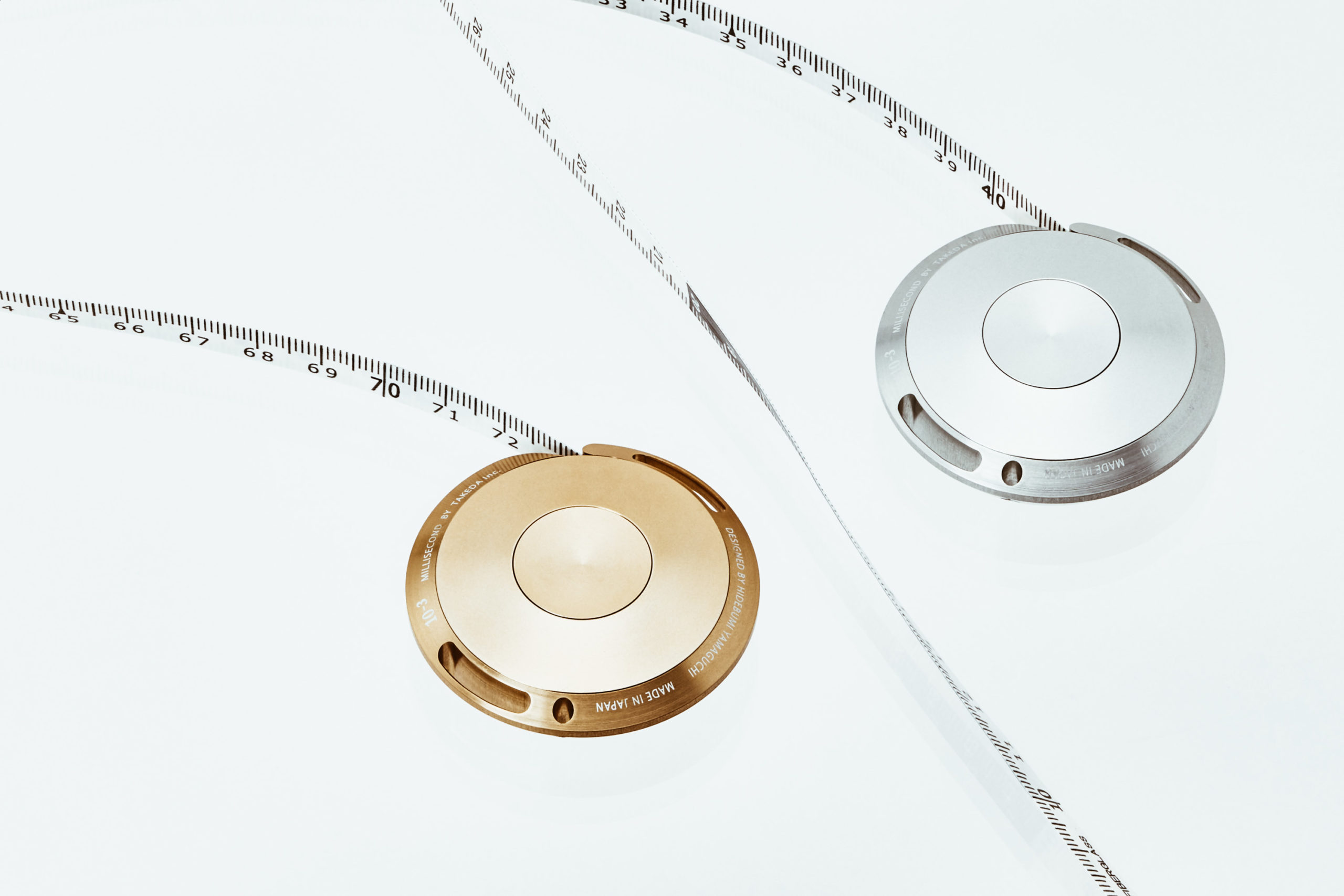
Si tratta di un metro in alluminio creato per essere tenuto facilmente (ed elegantemente) tra le dita. I tre fori sul bordo e la sua bellezza, fanno in modo che possa avere più usi. Si può scegliere se usarlo come bobina, portachiavi, portaoggetti o ciondolo.
Un millesimo di secondo. Un singolo momento. Qualcosa che vi attirerà proprio in questo spazio di tempo. Questa è l’idea con cui è nato questo prodotto e ve ne renderete conto ancora di più a vederlo dal vivo, toccarlo, viverlo.
Takeda Design Project, un gruppo super premiato
I prodotti che vengono proposti da Takeda Design Project, hanno già avuto moltissimi feedback positivi, nonchè importantissimi premi! Volete conoscerli tutti?
MiLLi SECOND Metal Major
- "Premio del Ministro dell'economia, del commercio e dell'industria" nello Tsubame Industrial Design Contest 2015 (Giappone)
- Stationery Prize 2015 Design group Grand Prix (Giappone)
- Vincitore nell’iF Design Award 2016 (Germania)
- Nomination al GERMAN DESIGN AWARD 2017 (Germania)
PRIMARIO/ Loupe series
- Vincitore al GERMAN DESIGN AWARD (Germania) excellent product design stationery
Takeda Design Project, il Design che mancava. Potete trovare le creazioni di Takeda Design Project a TENOHA & | SHOP in via Vigevano 18, Milano.








